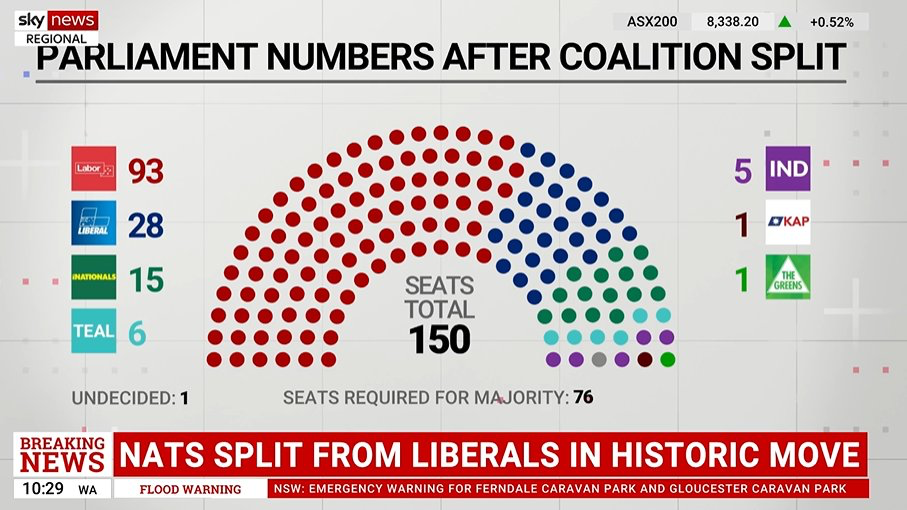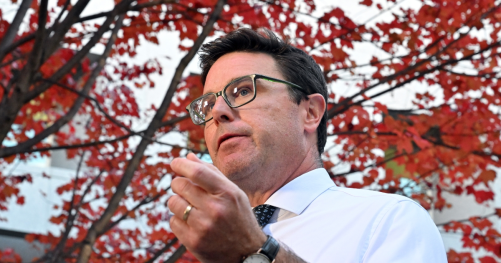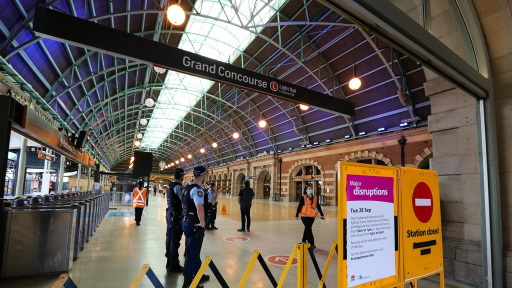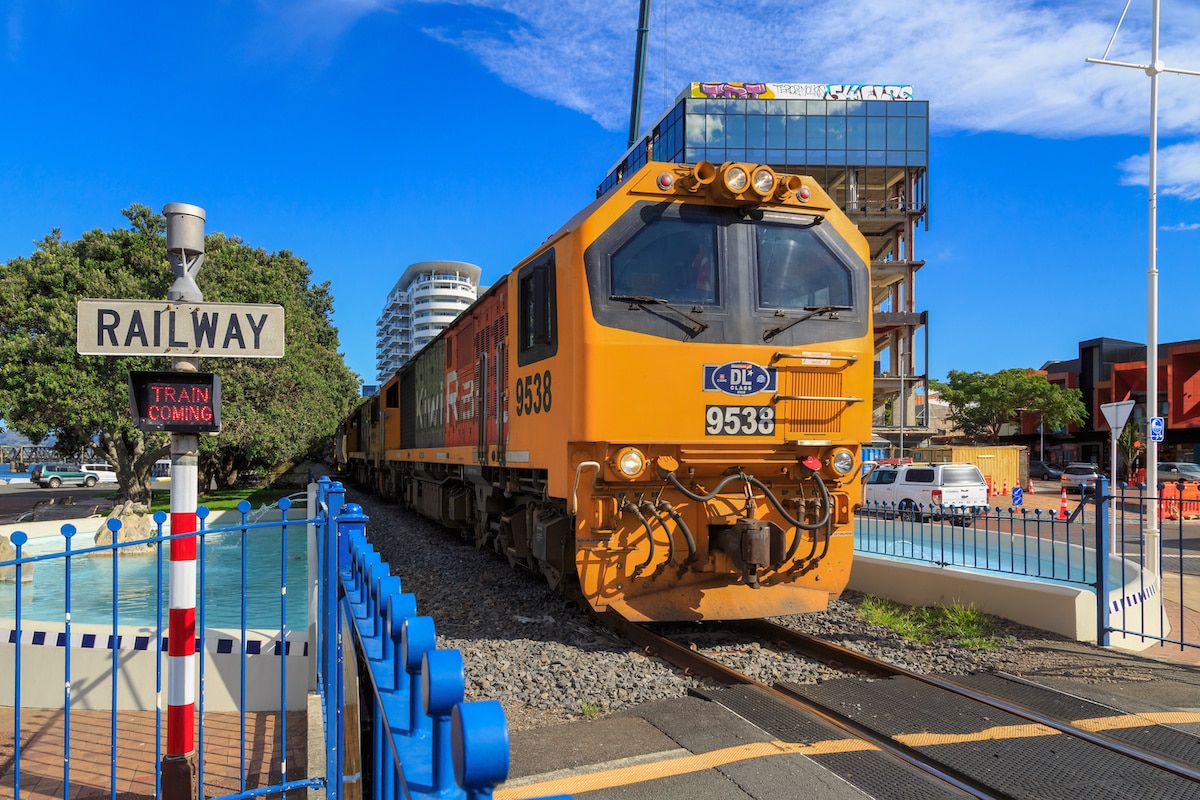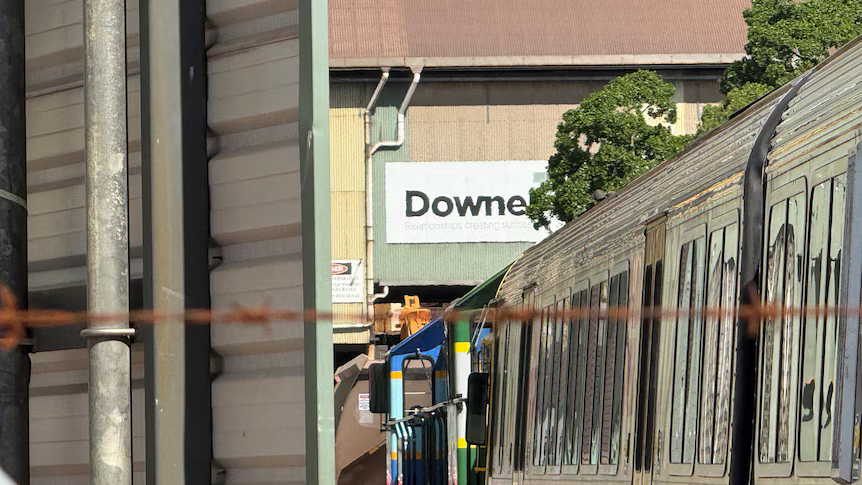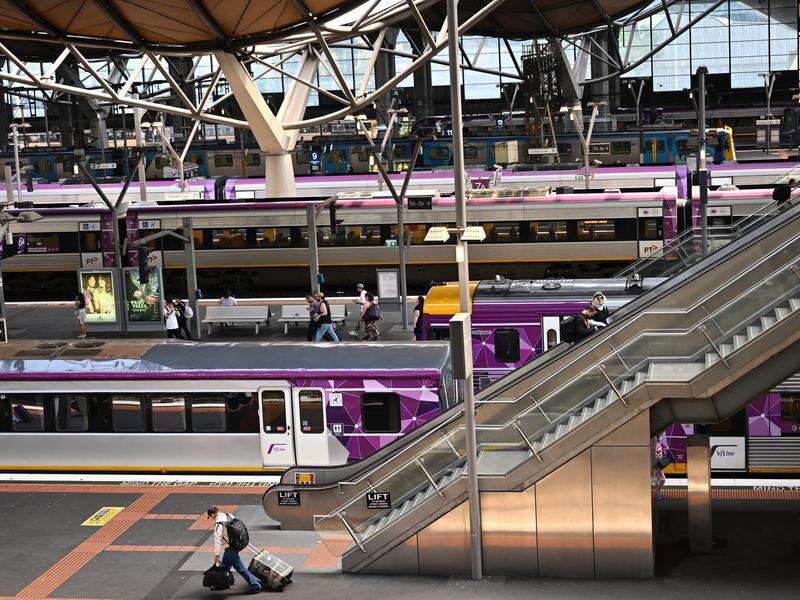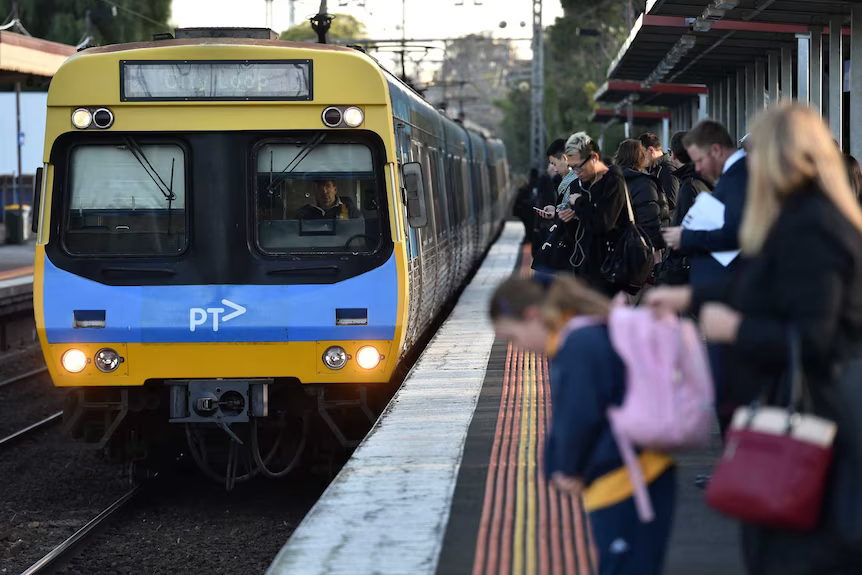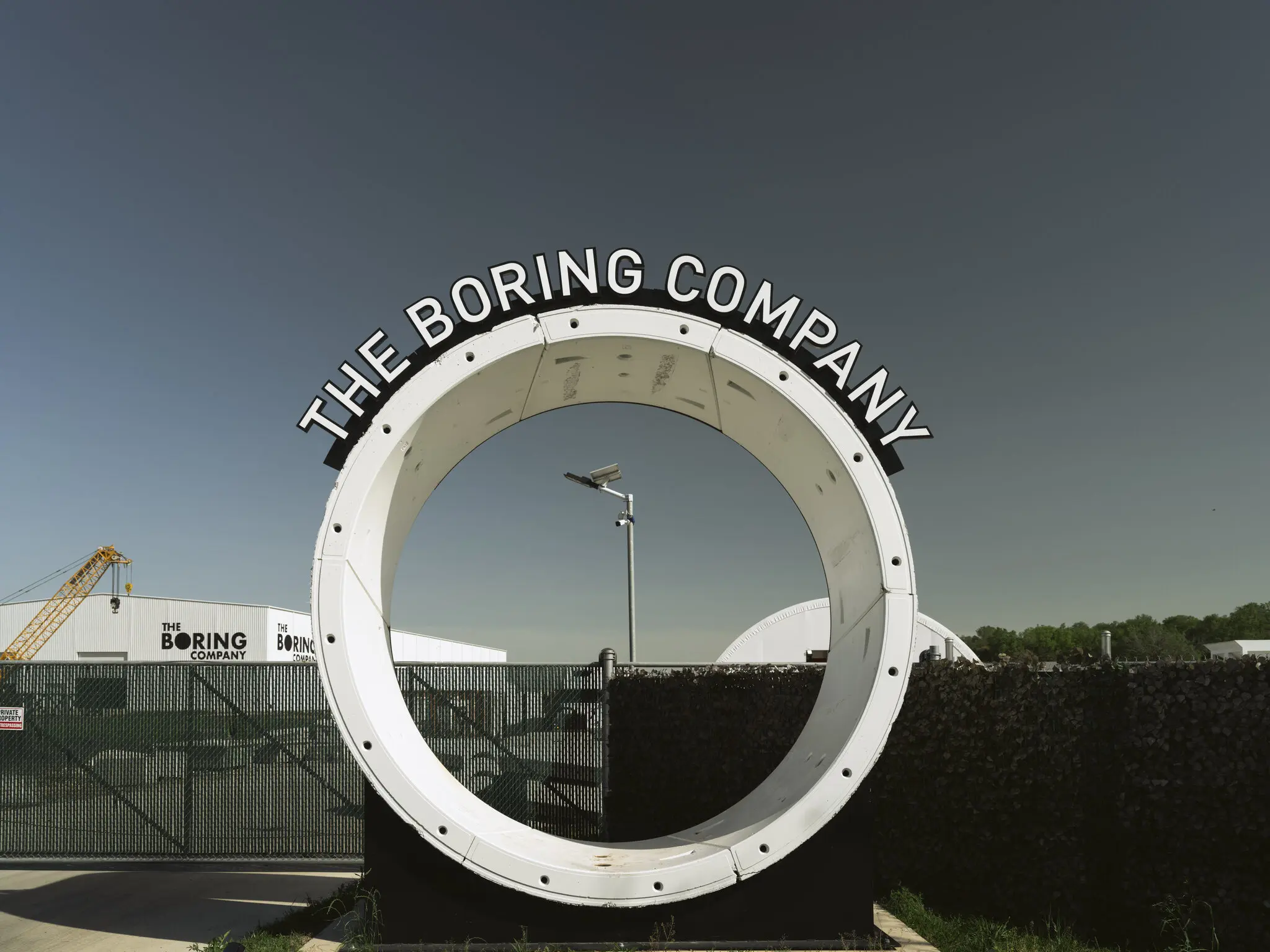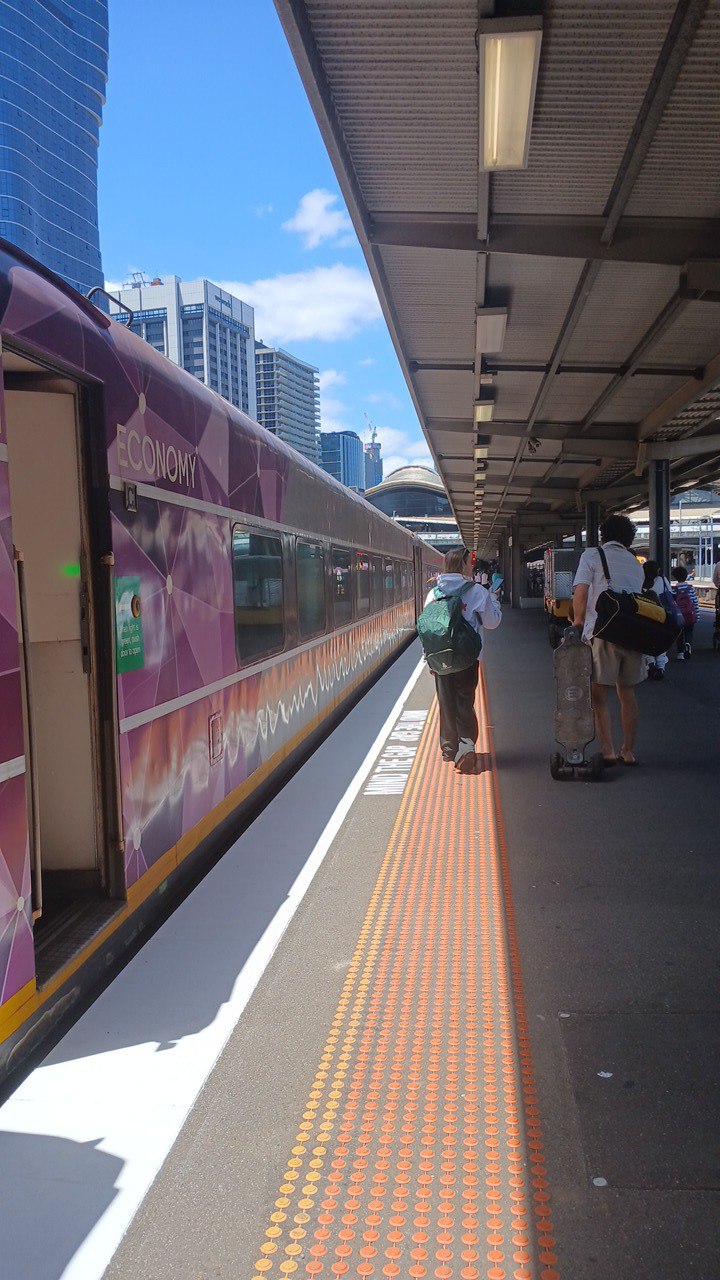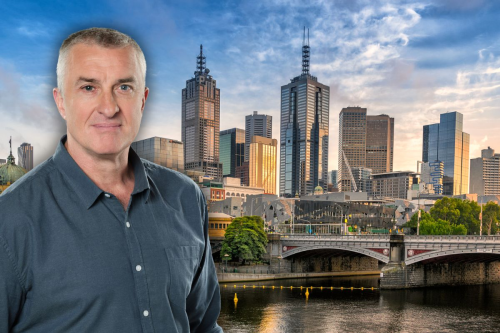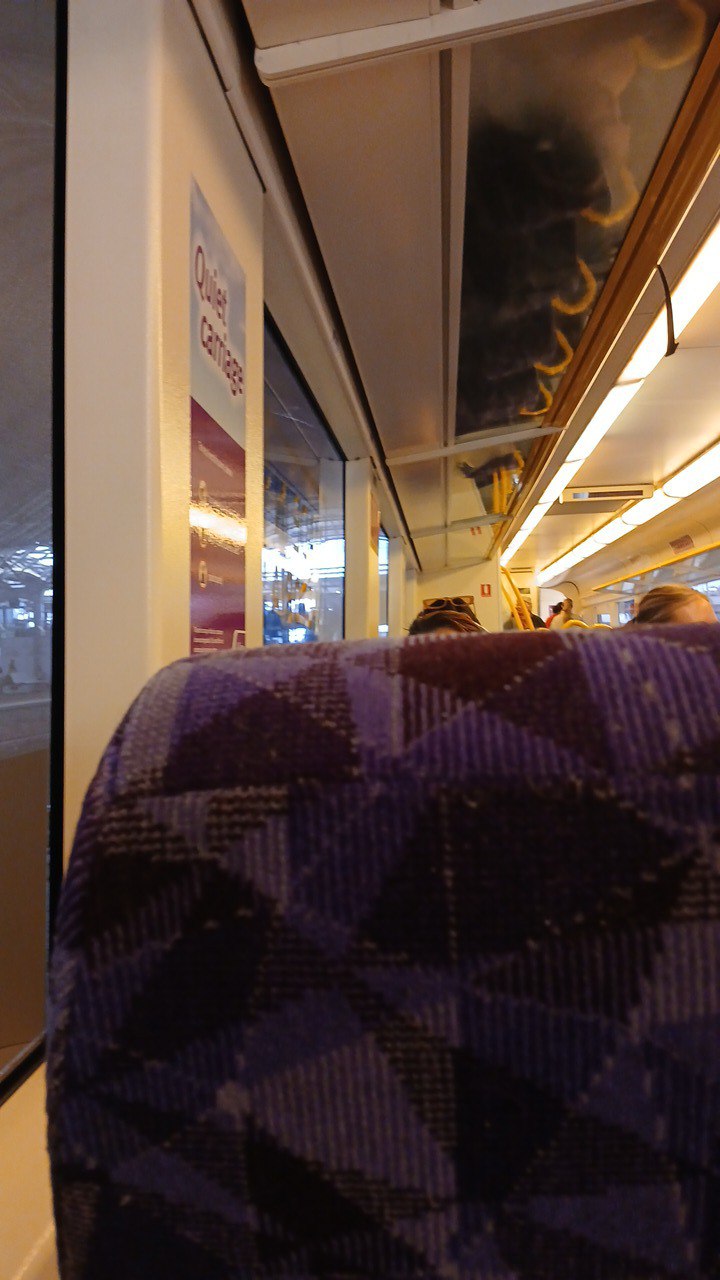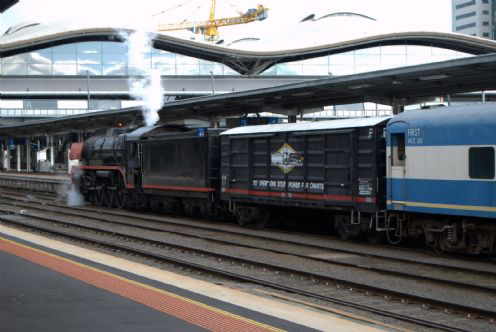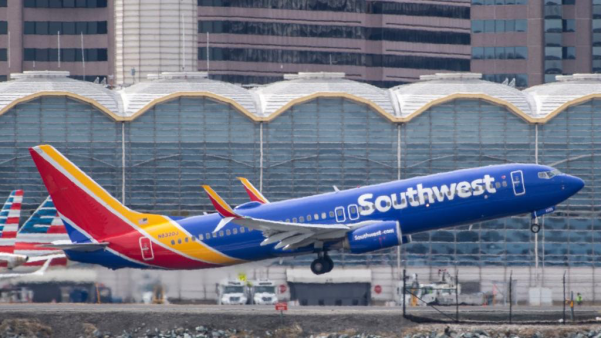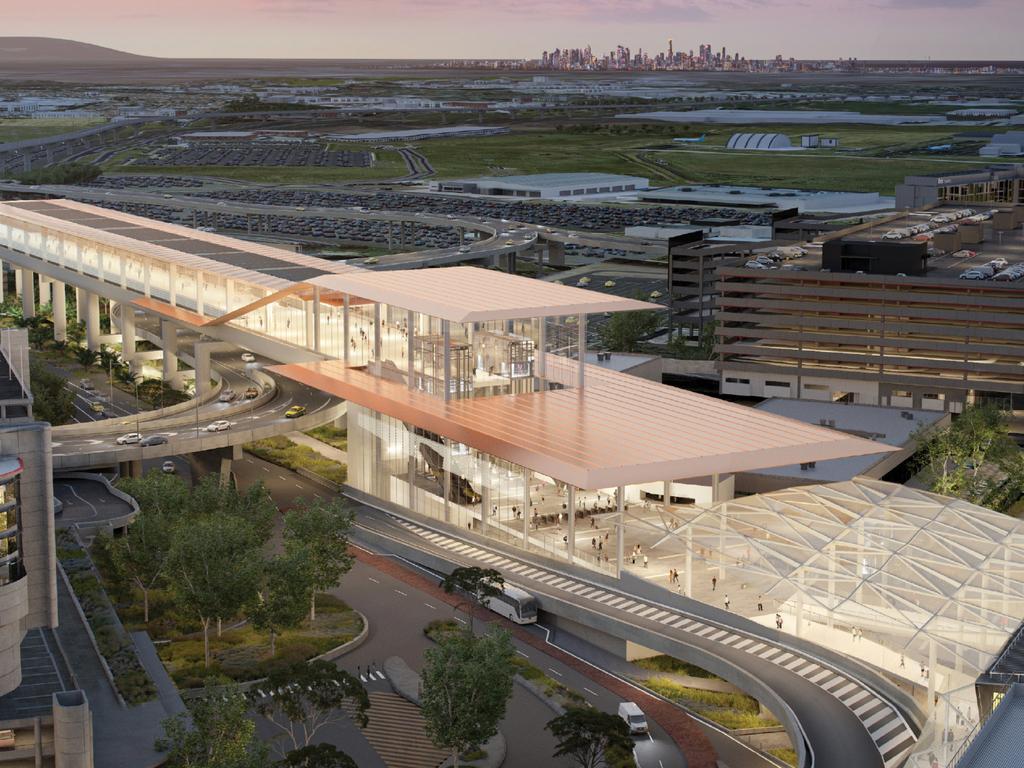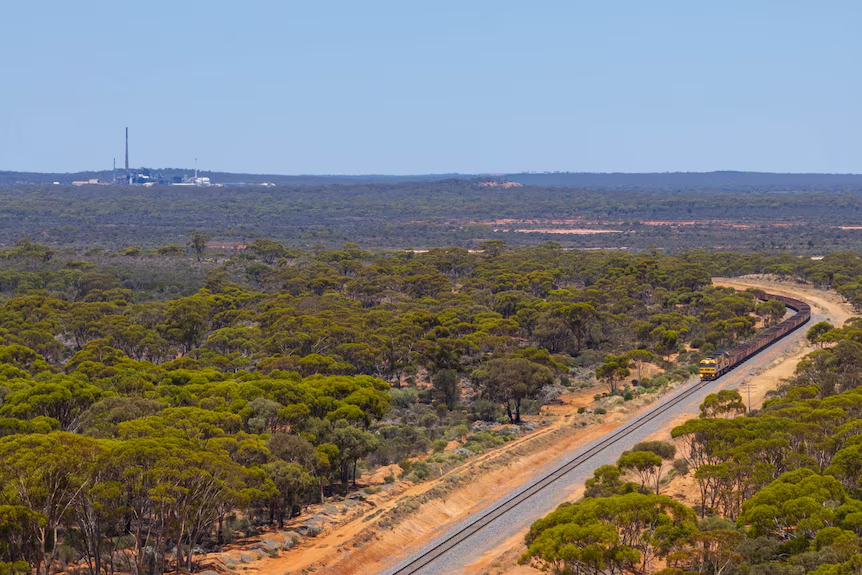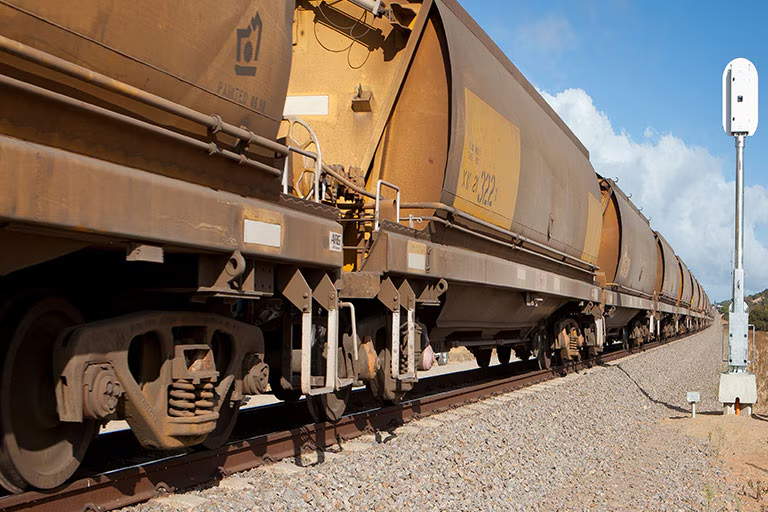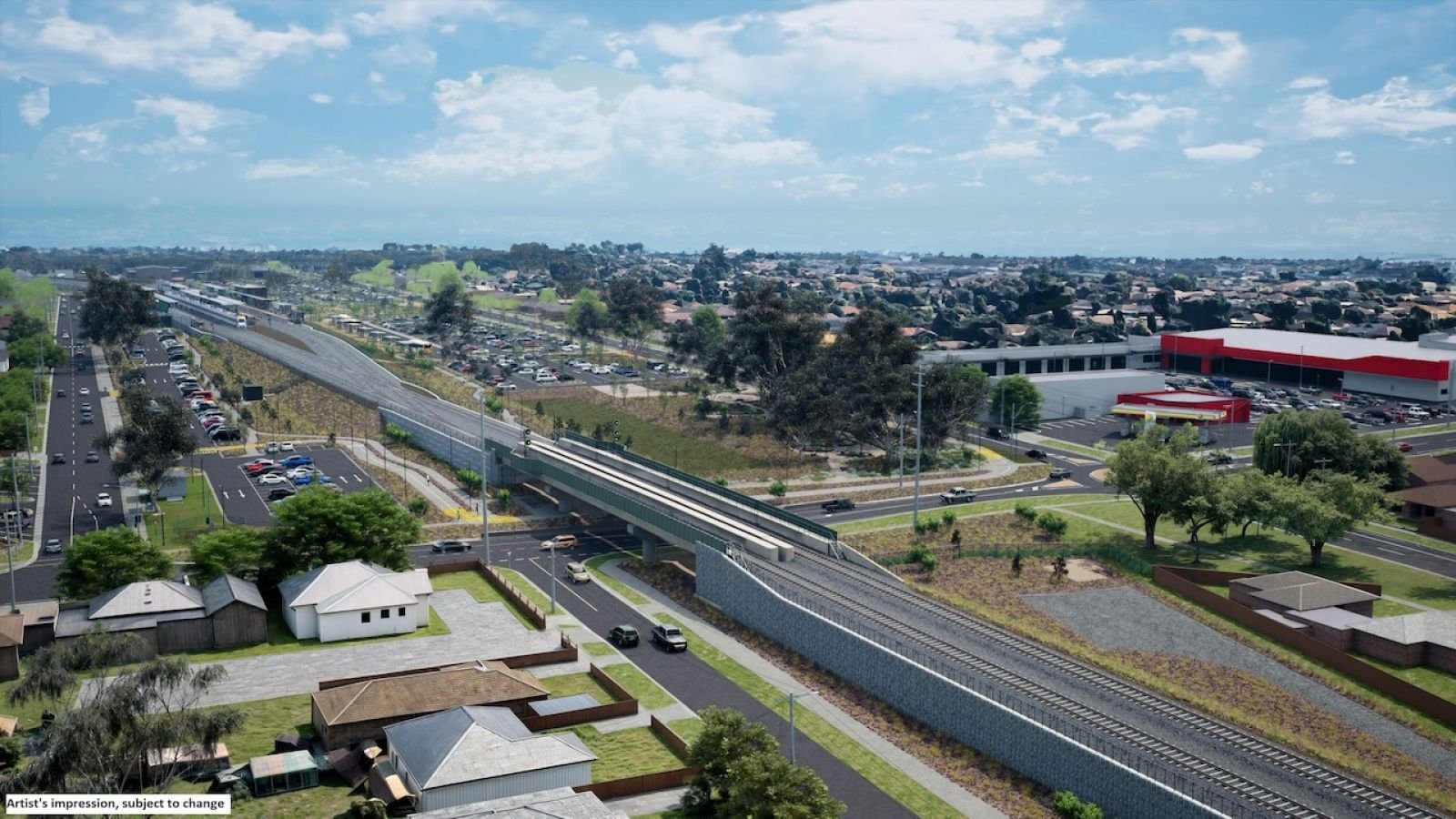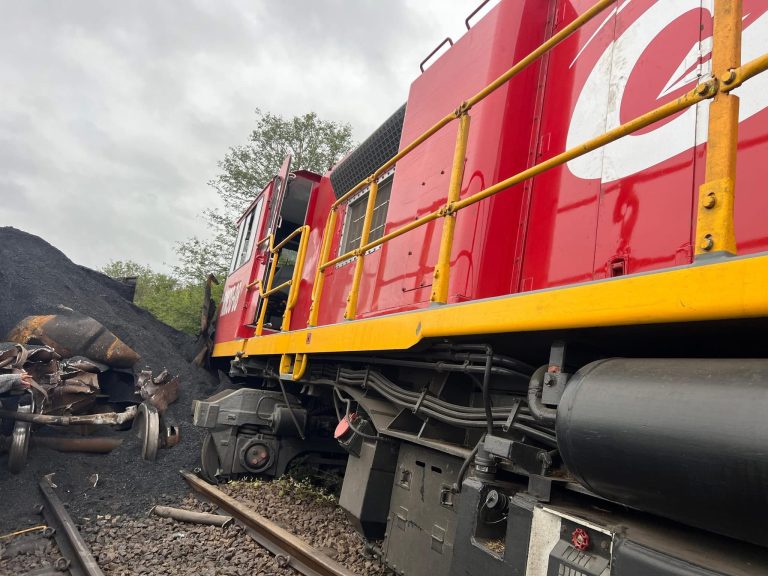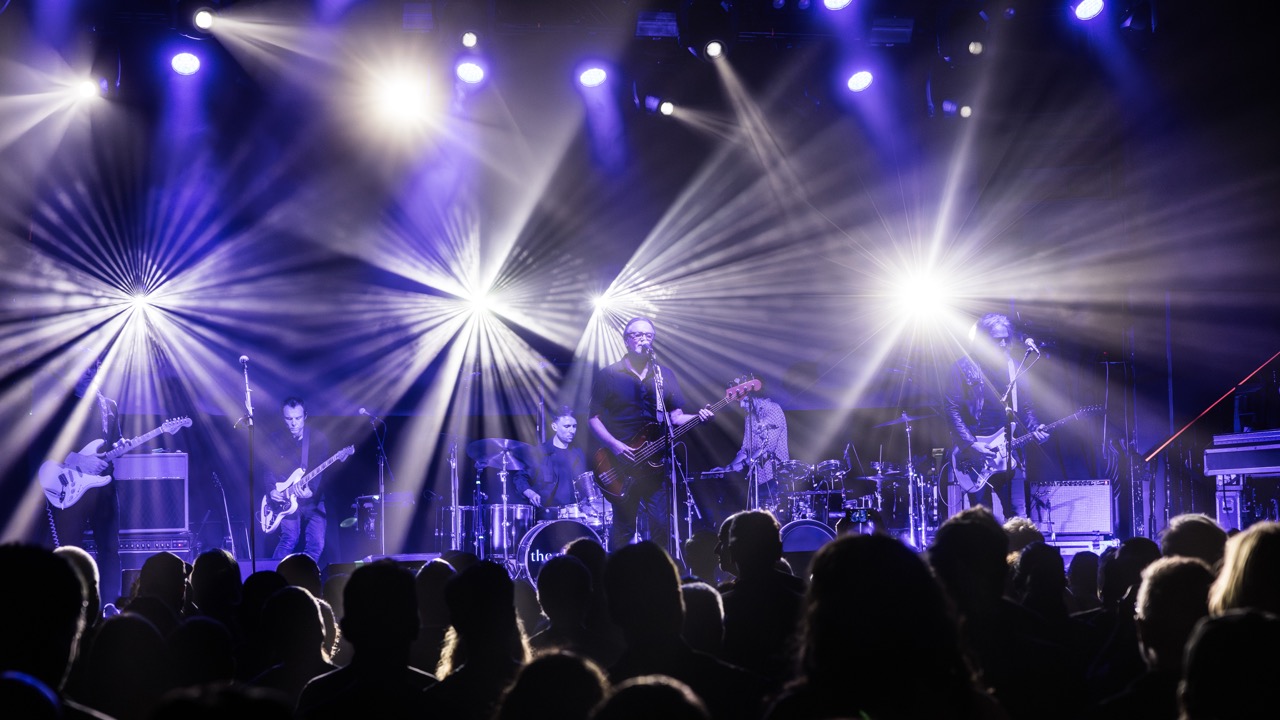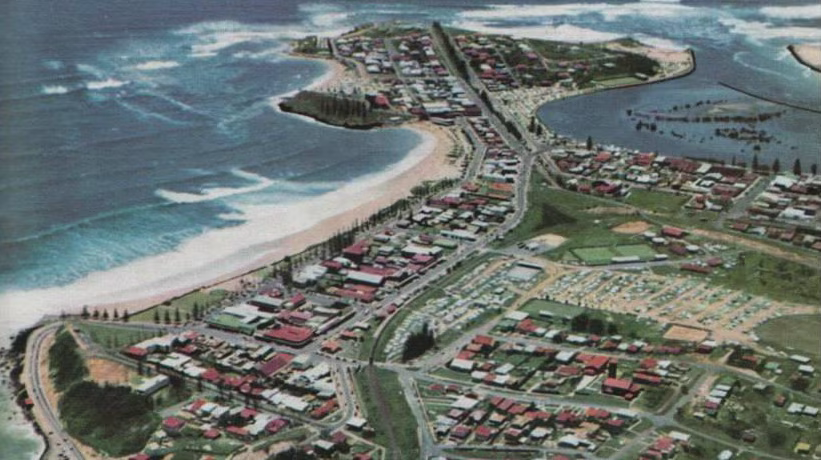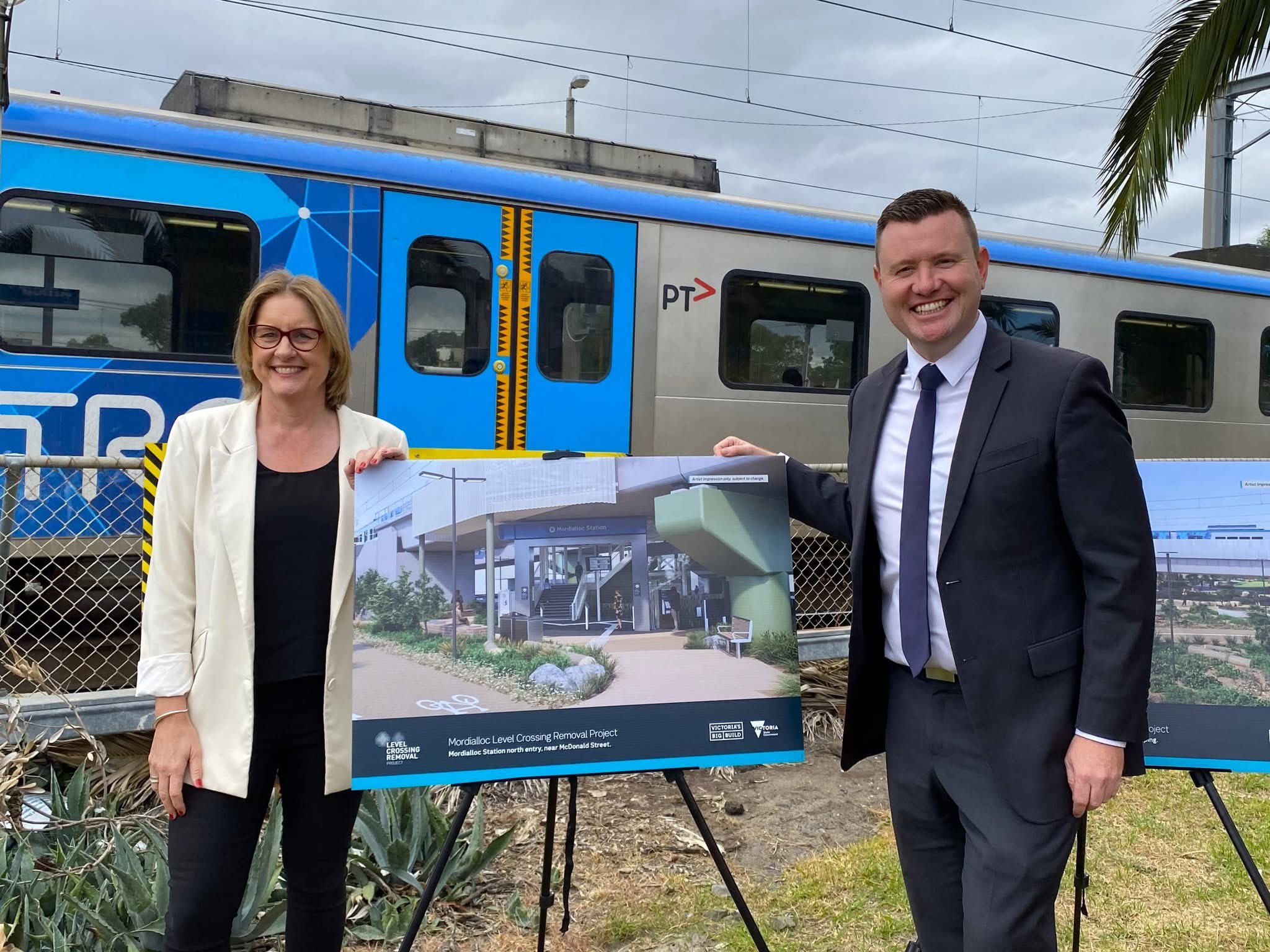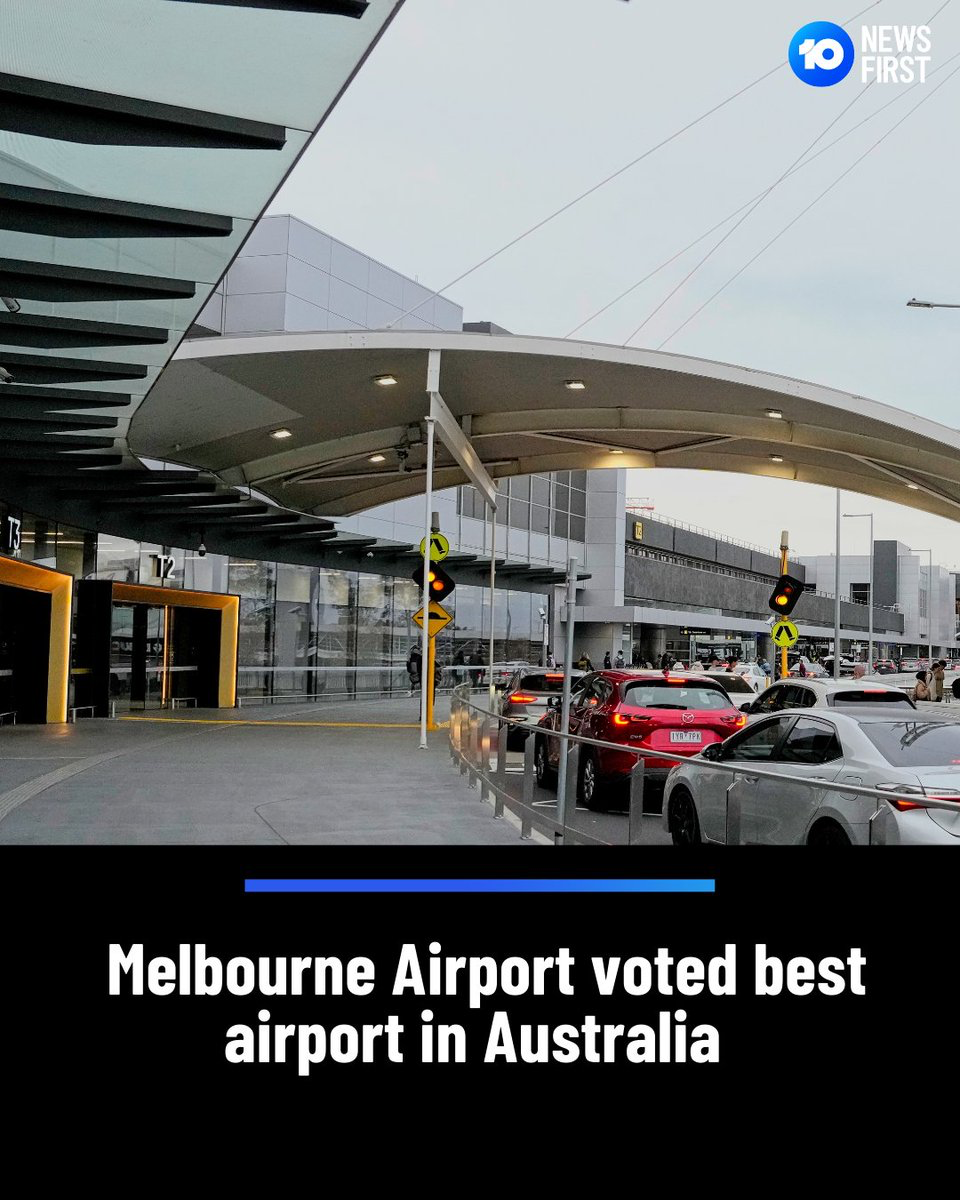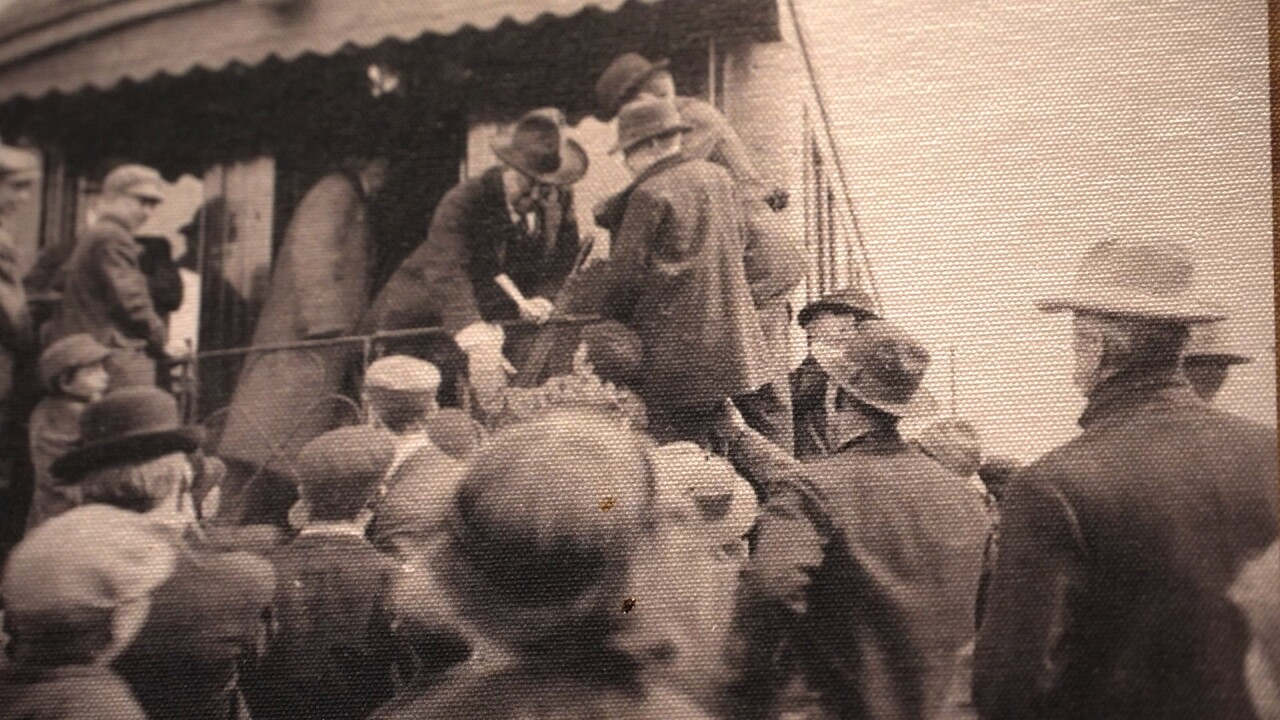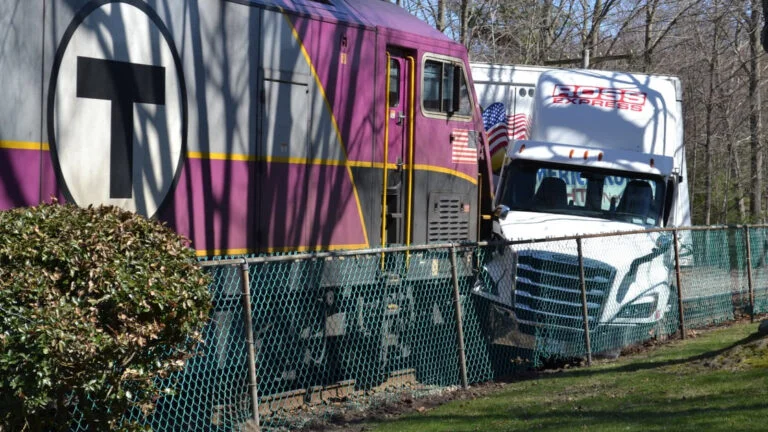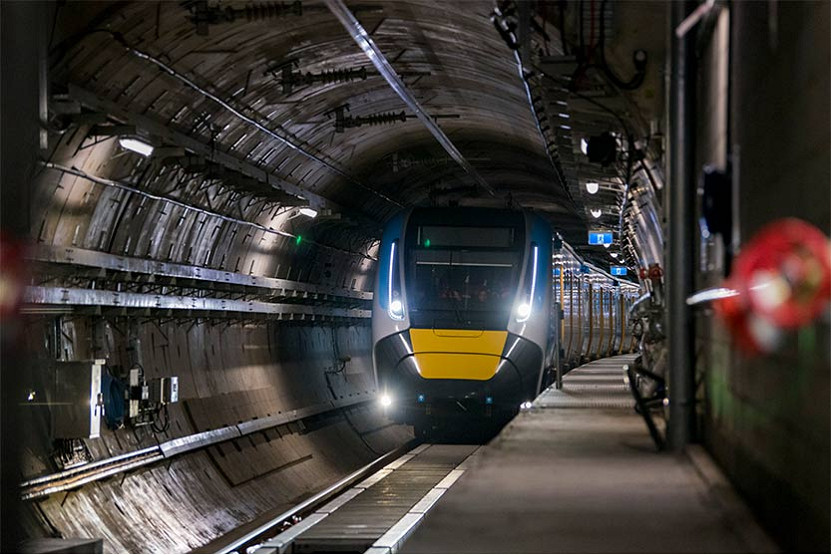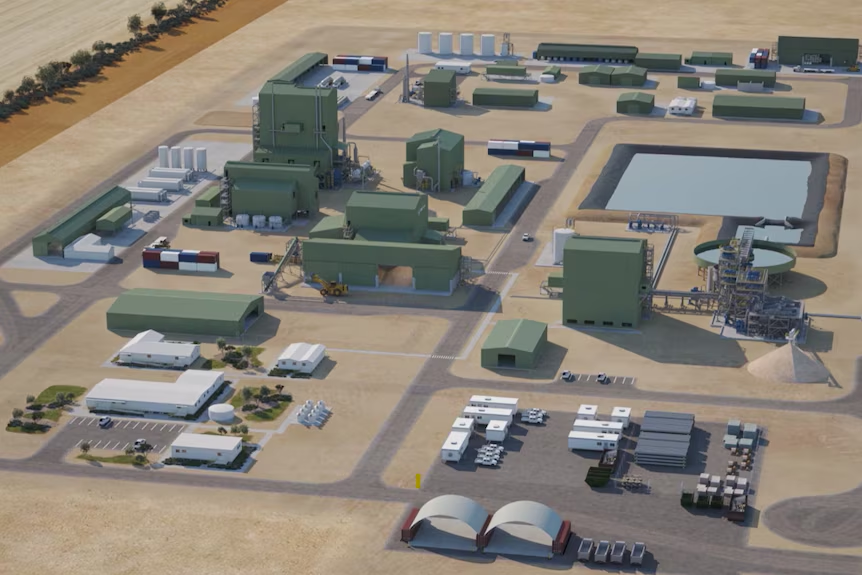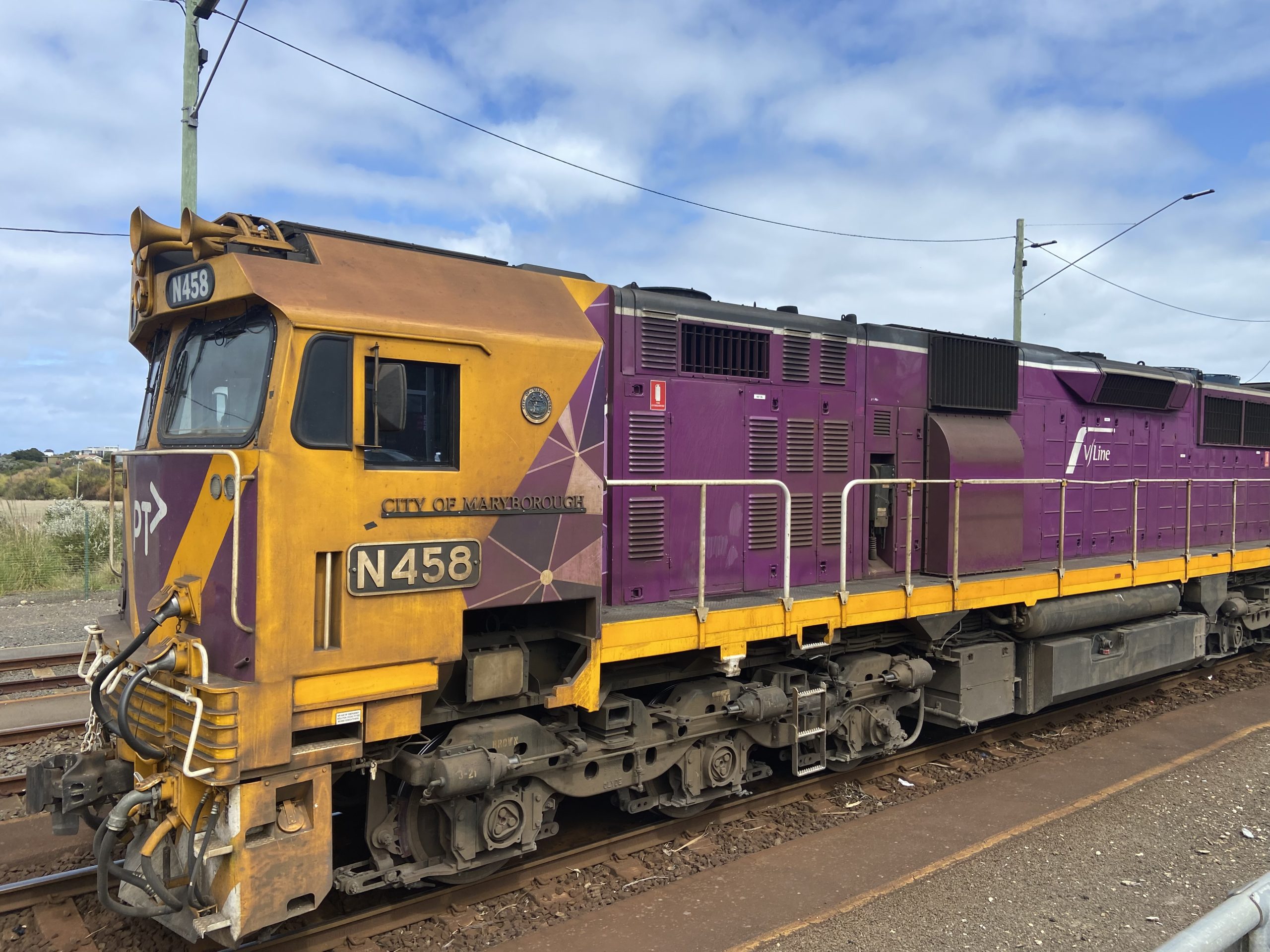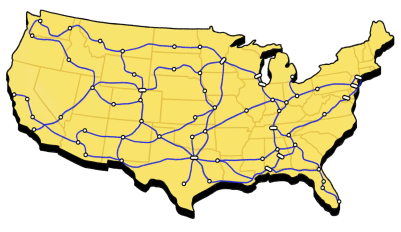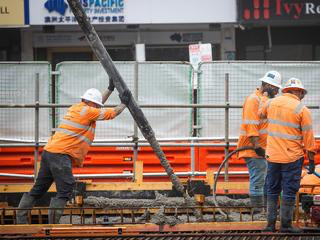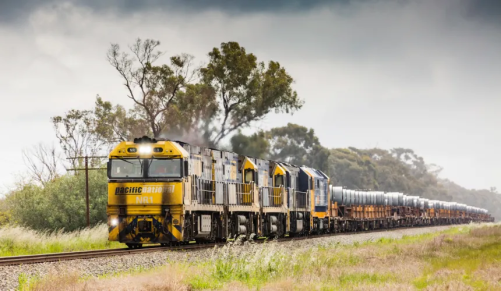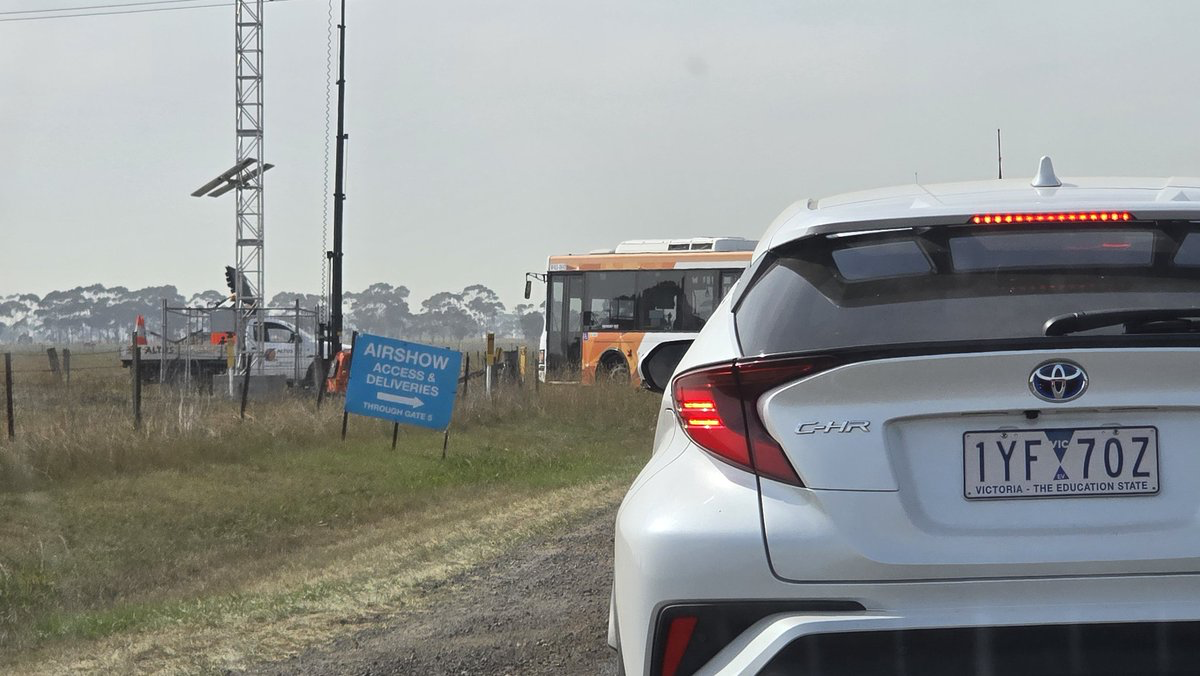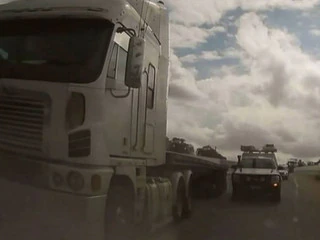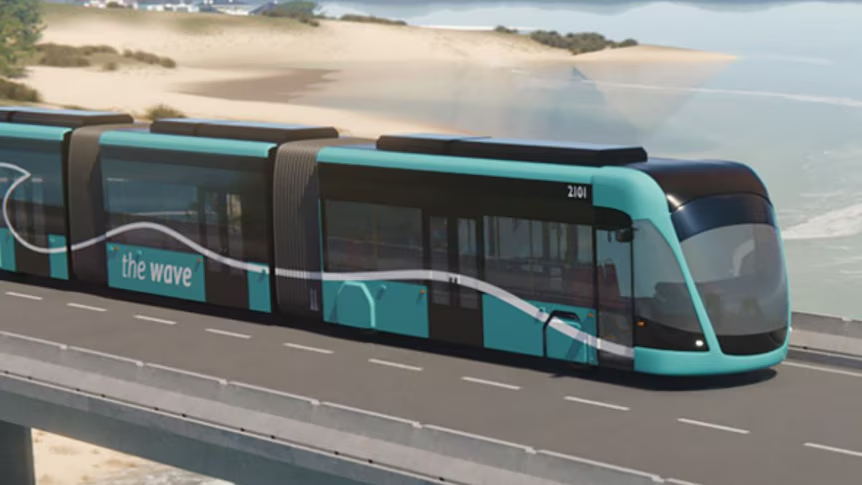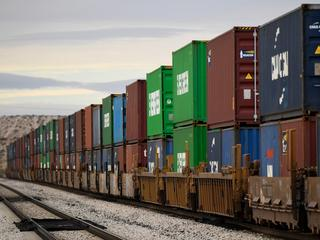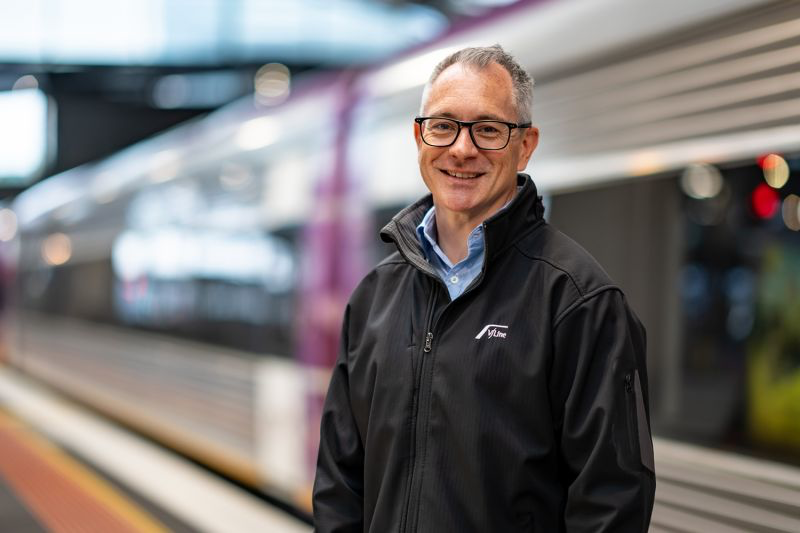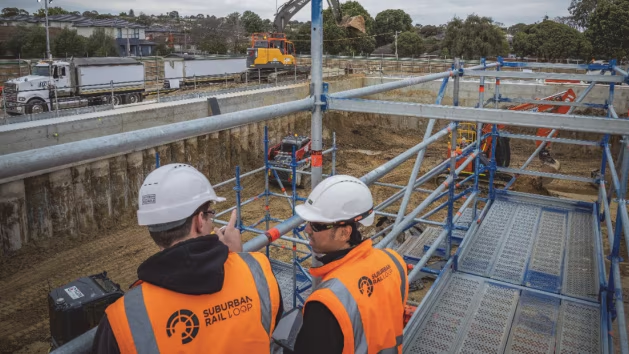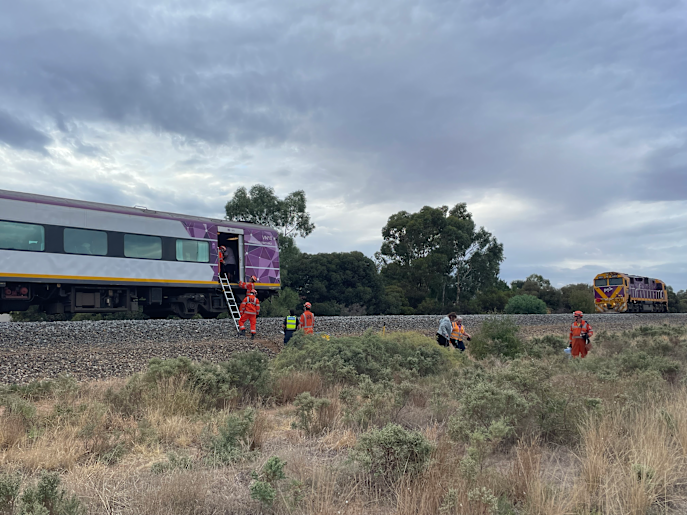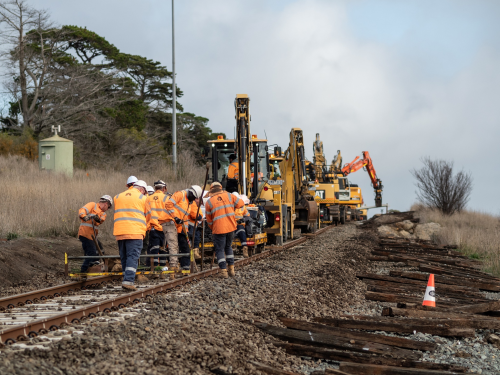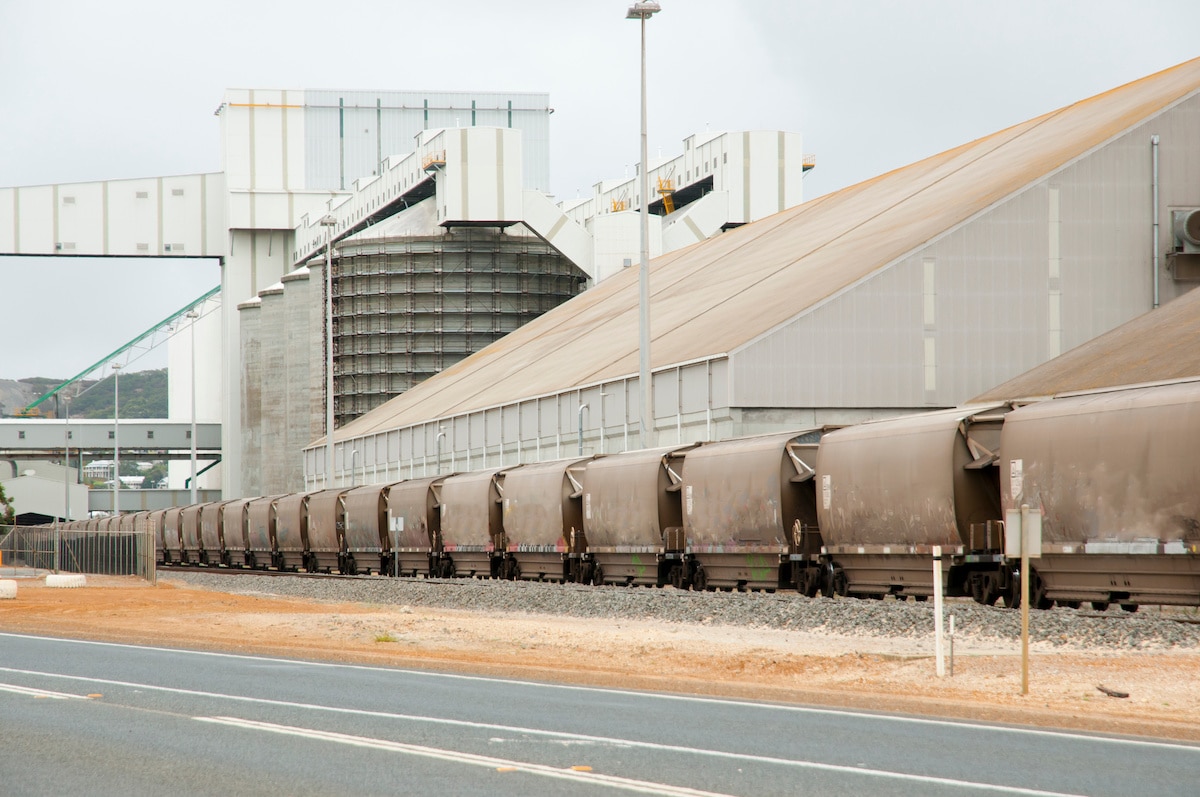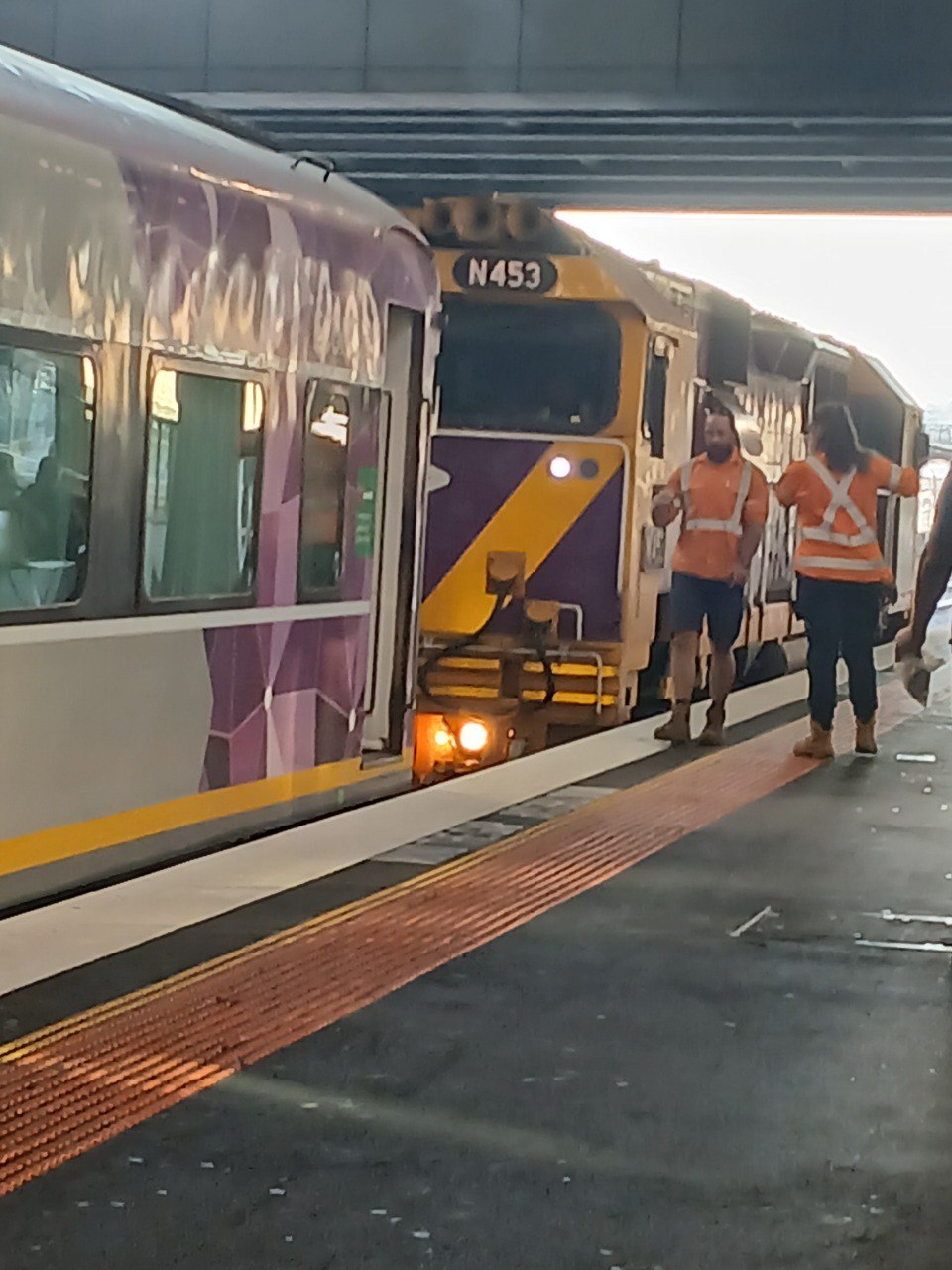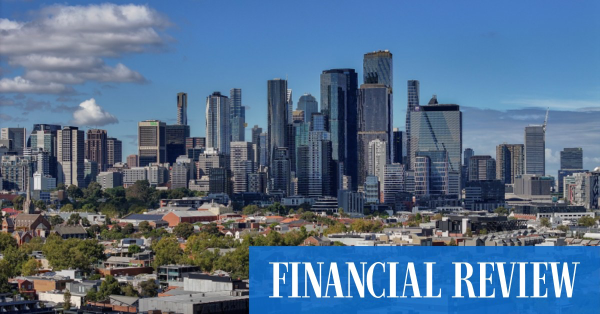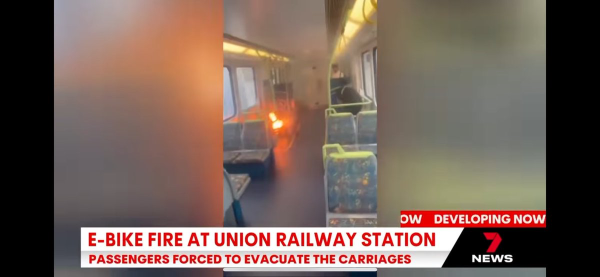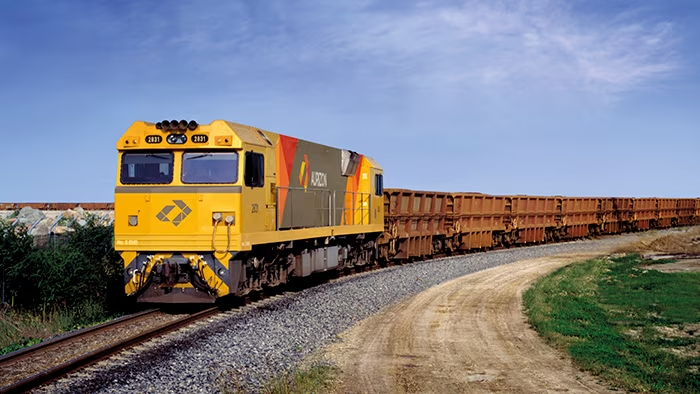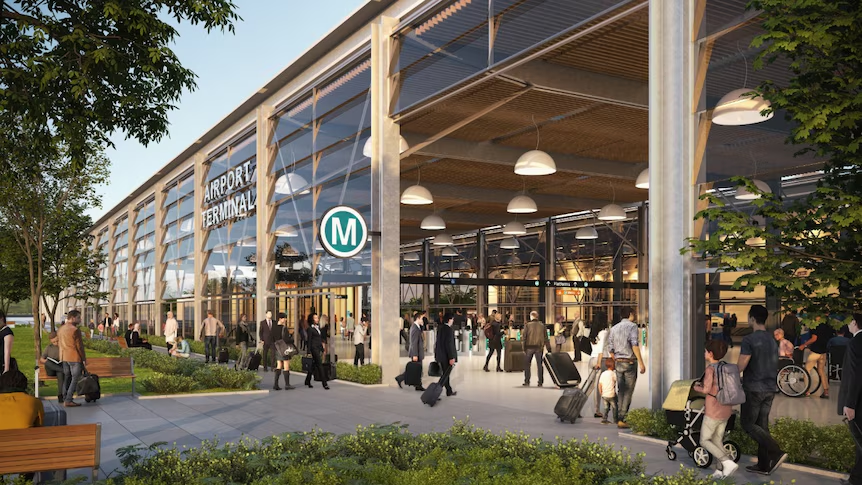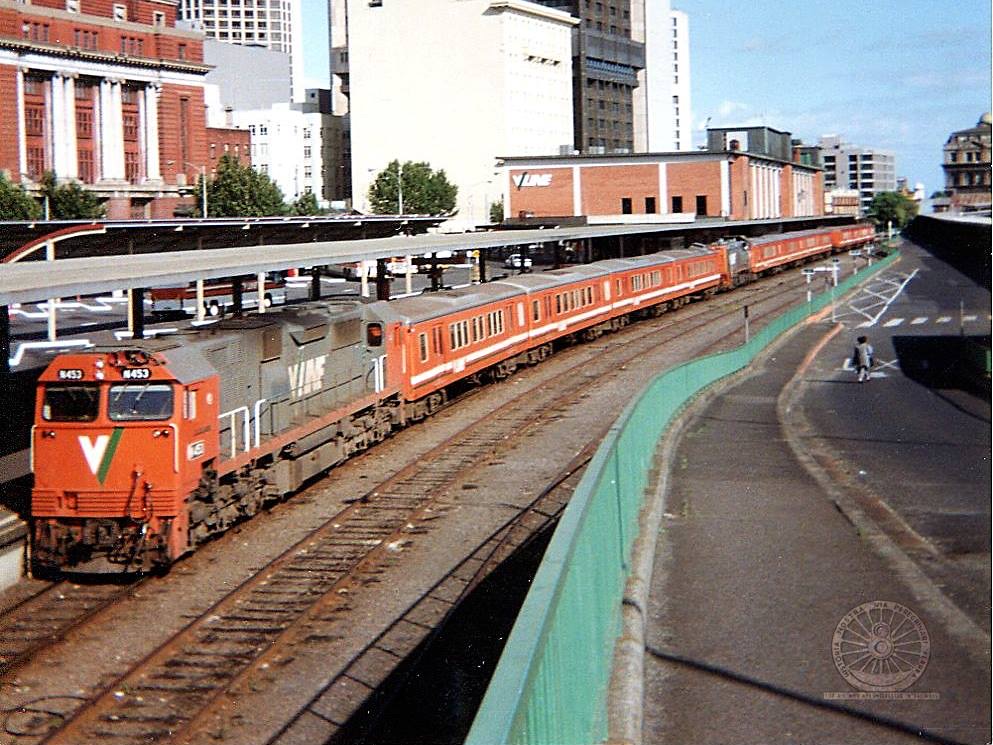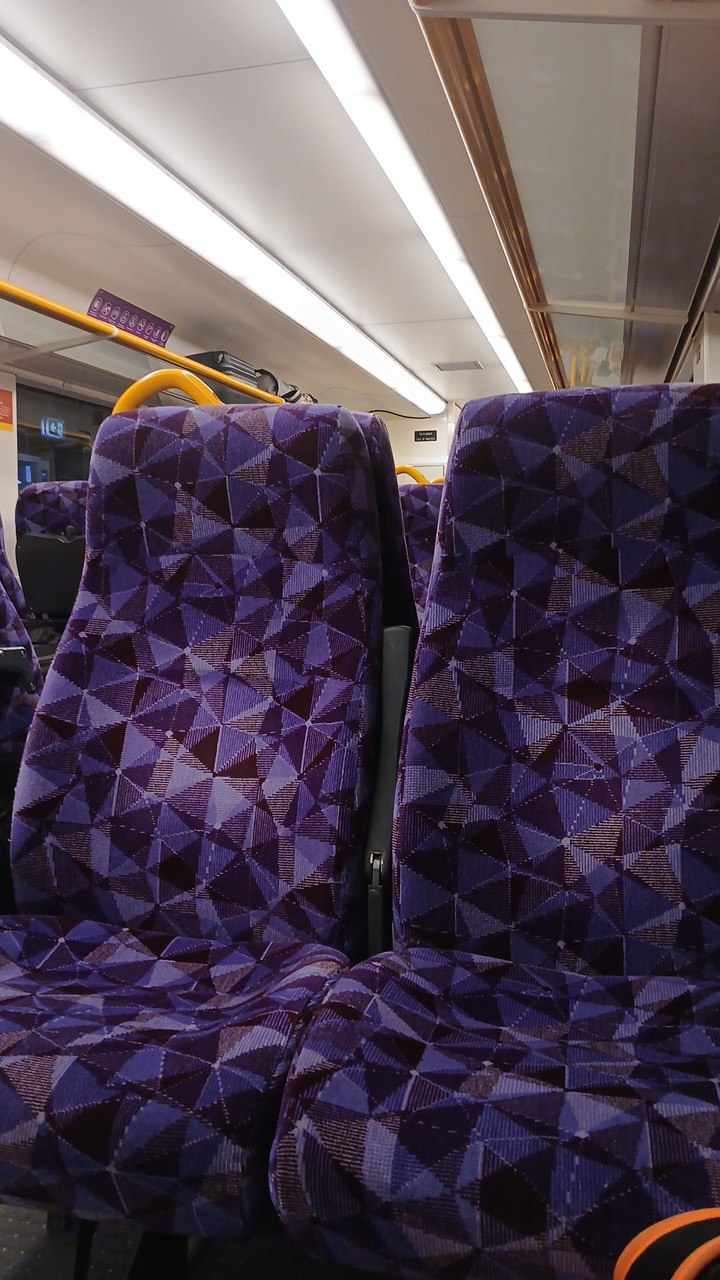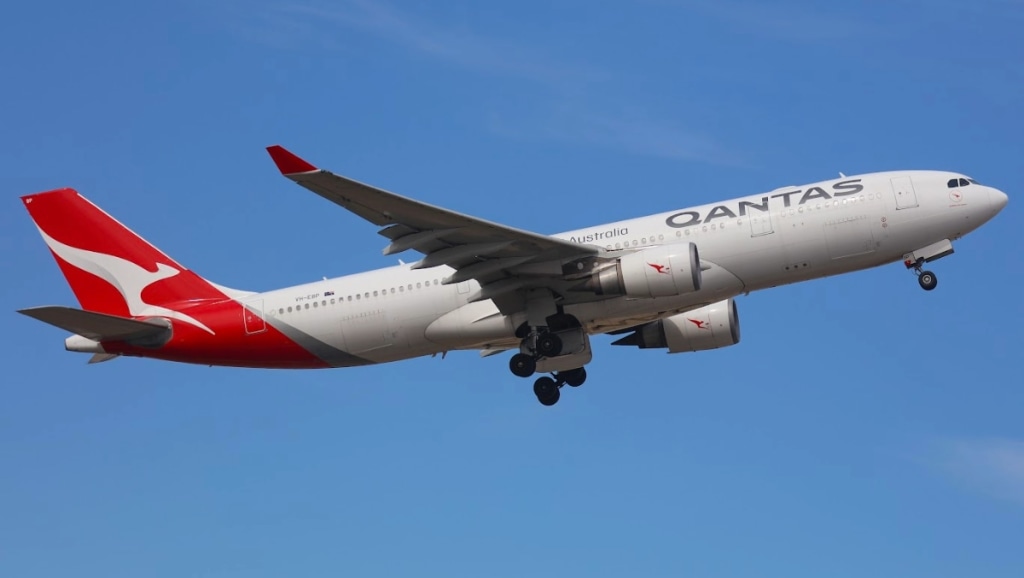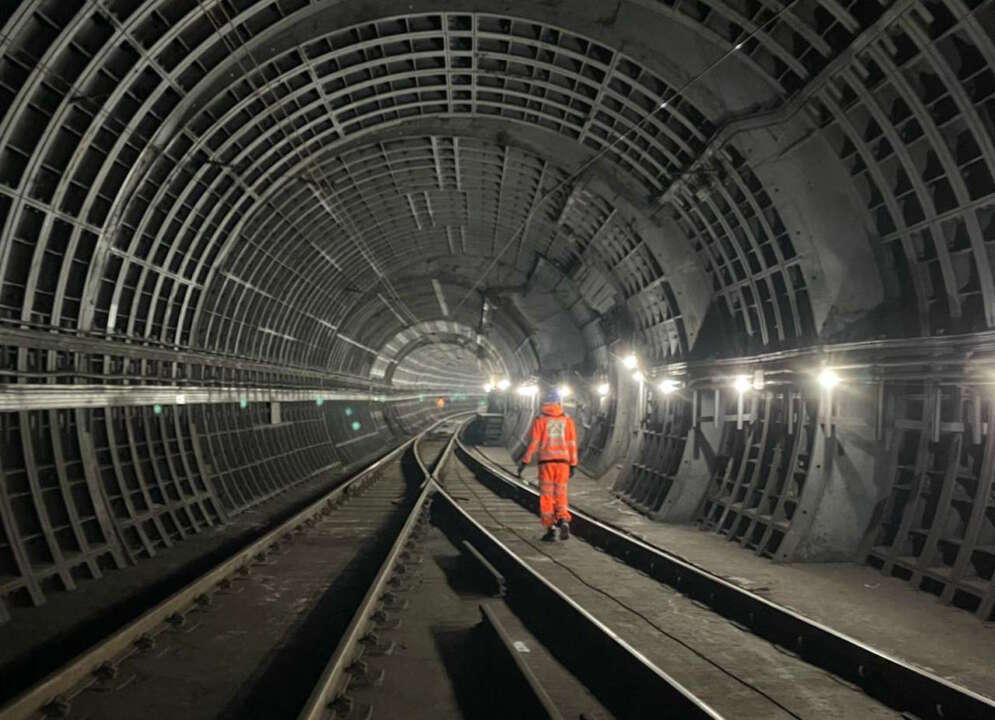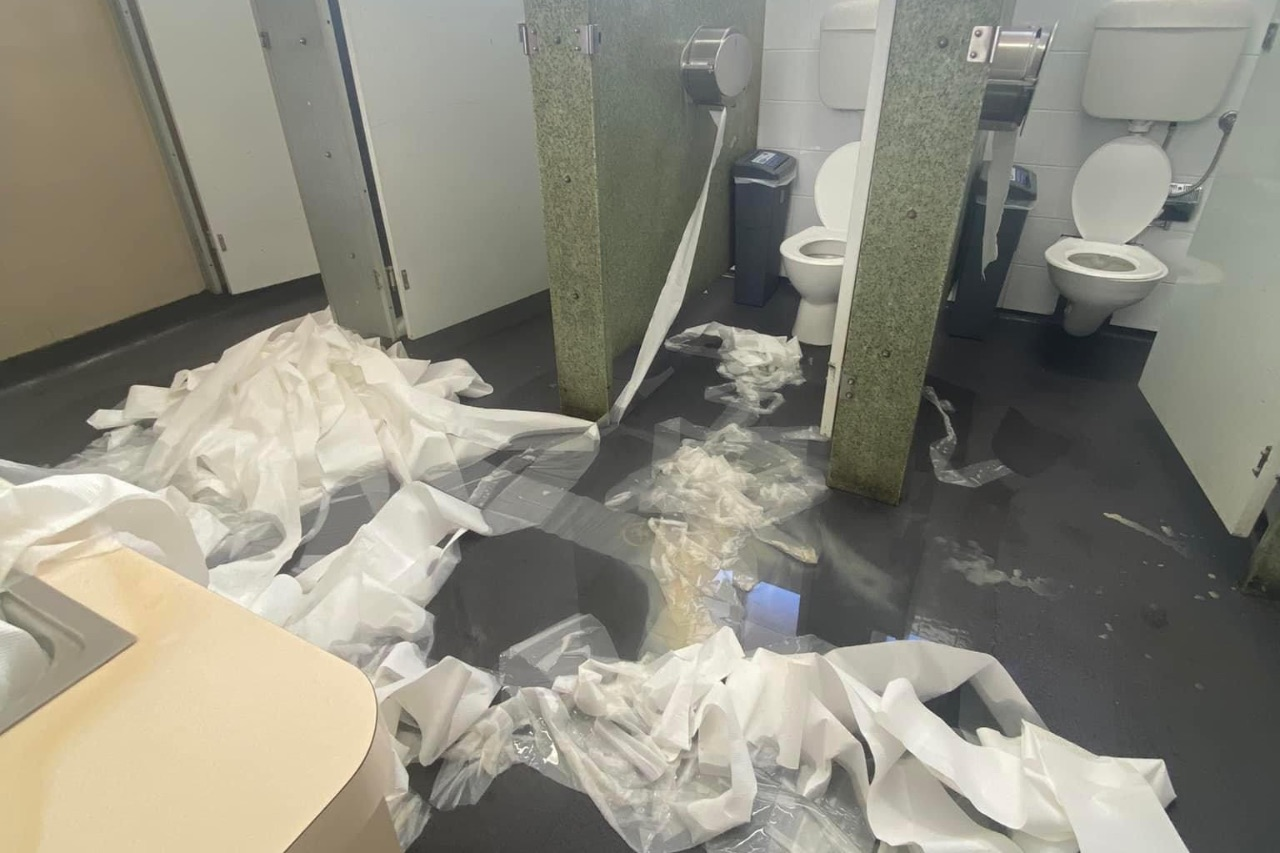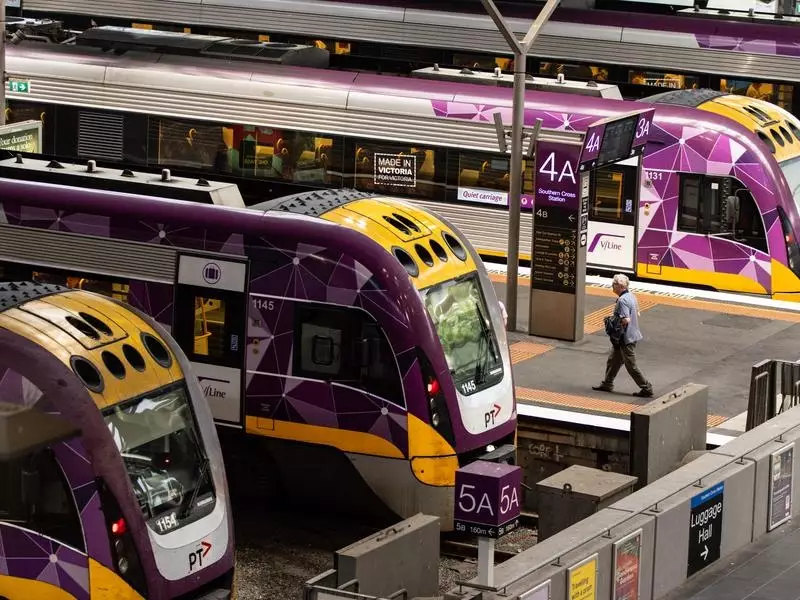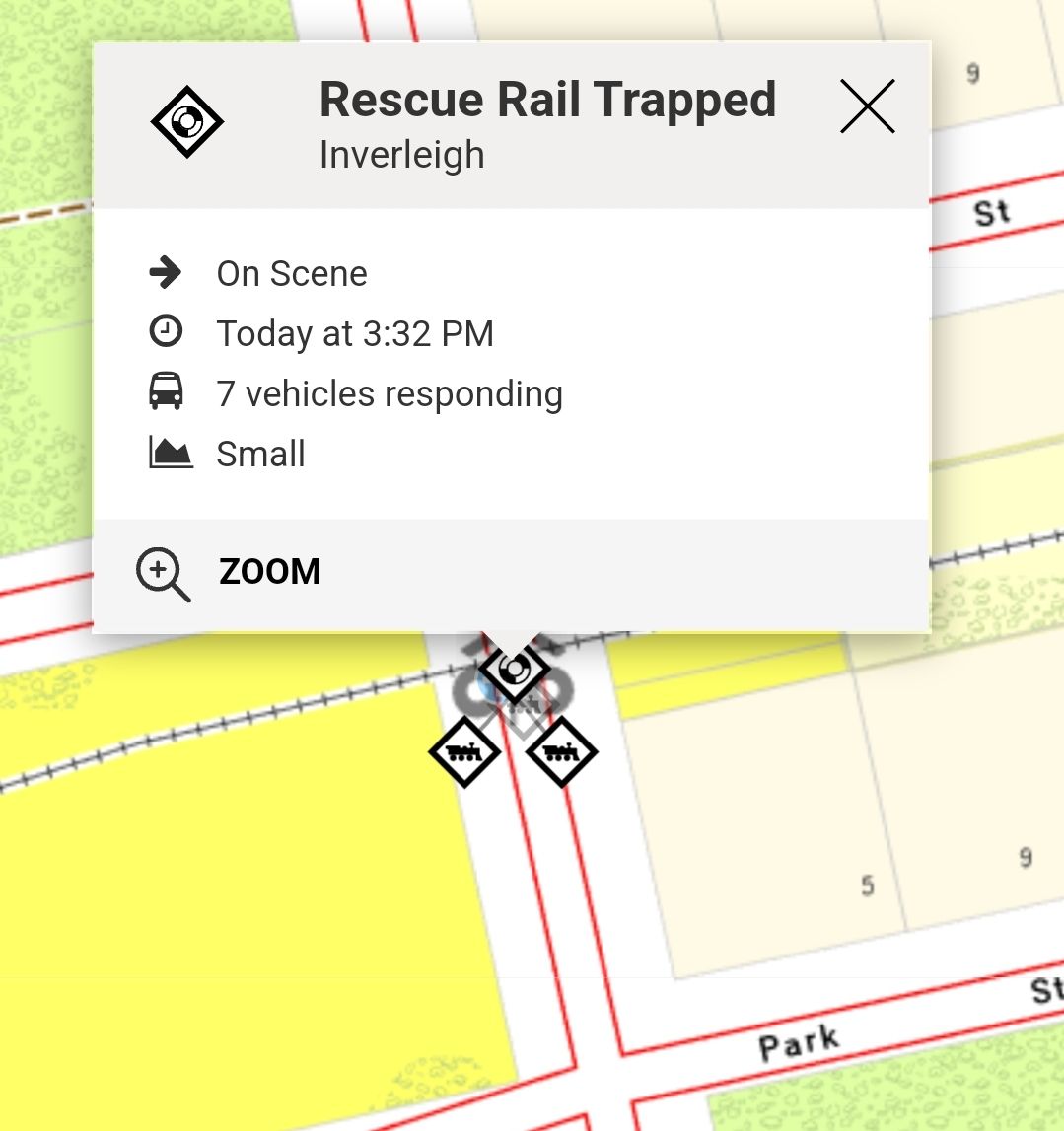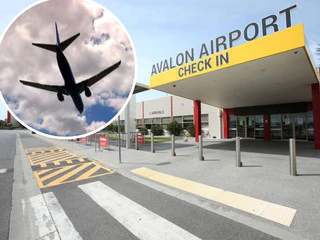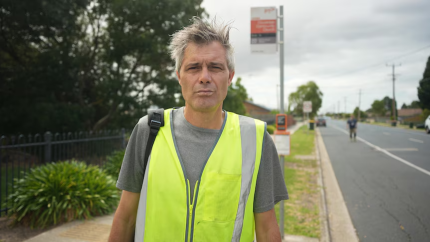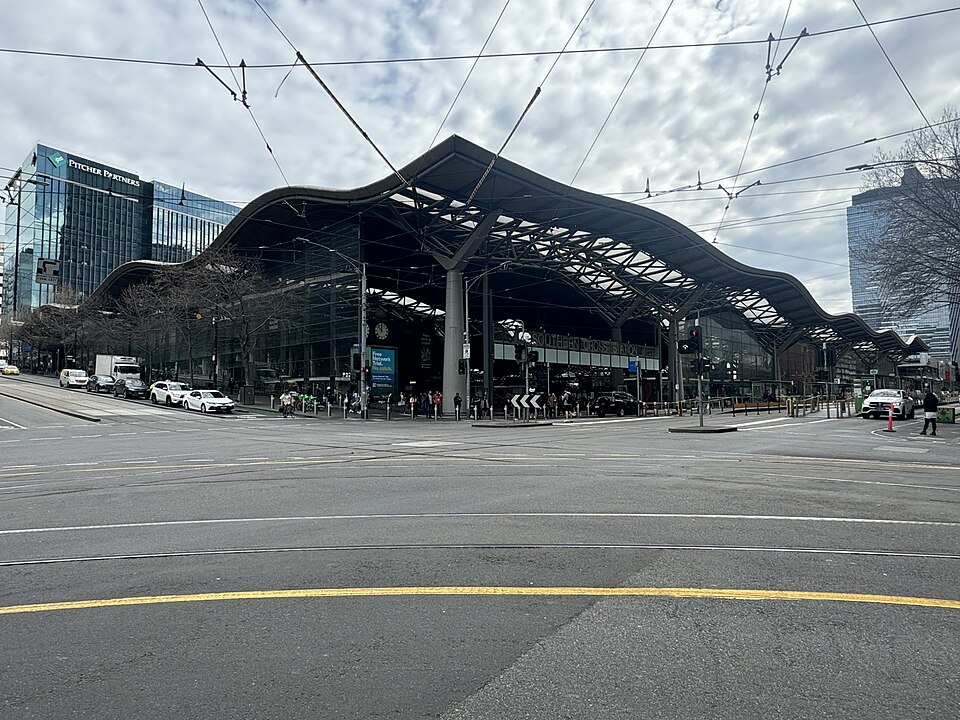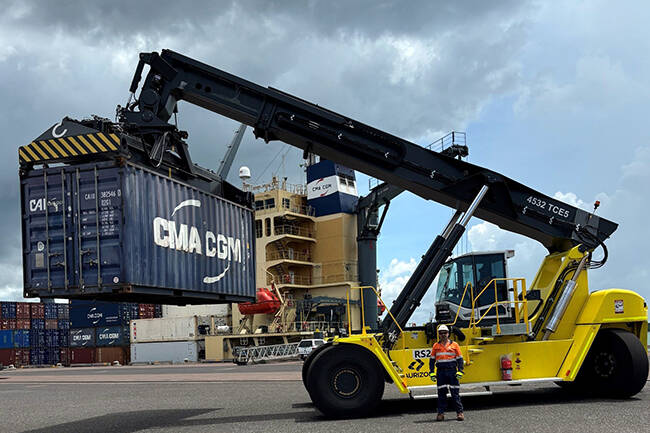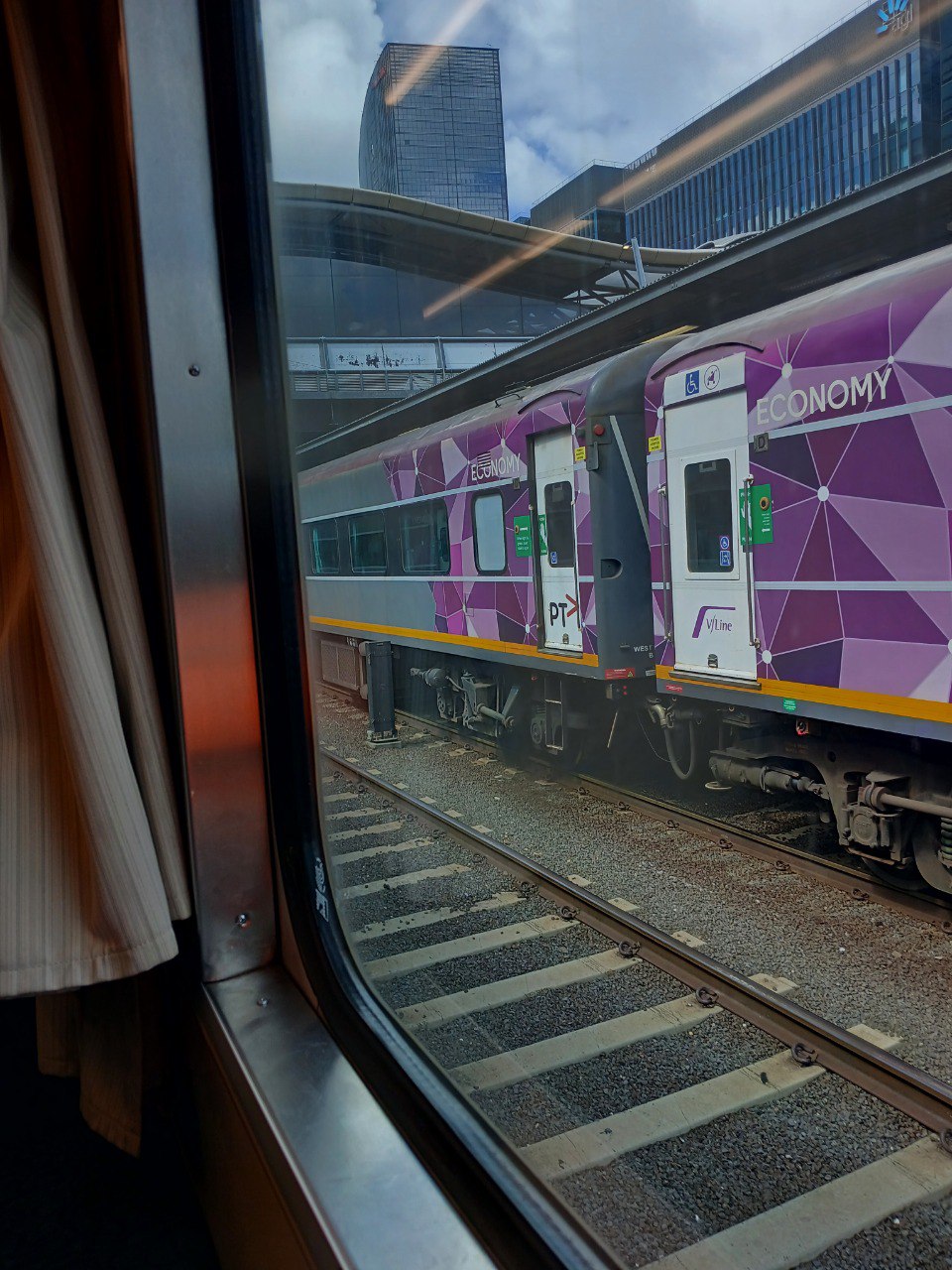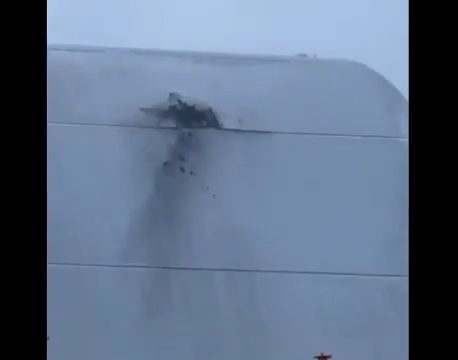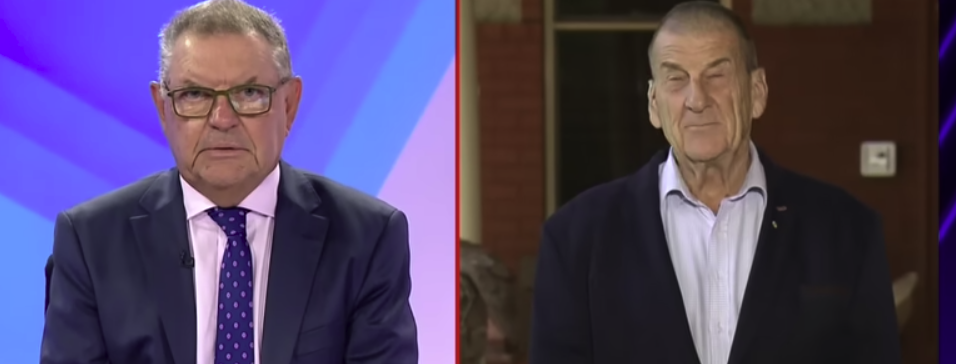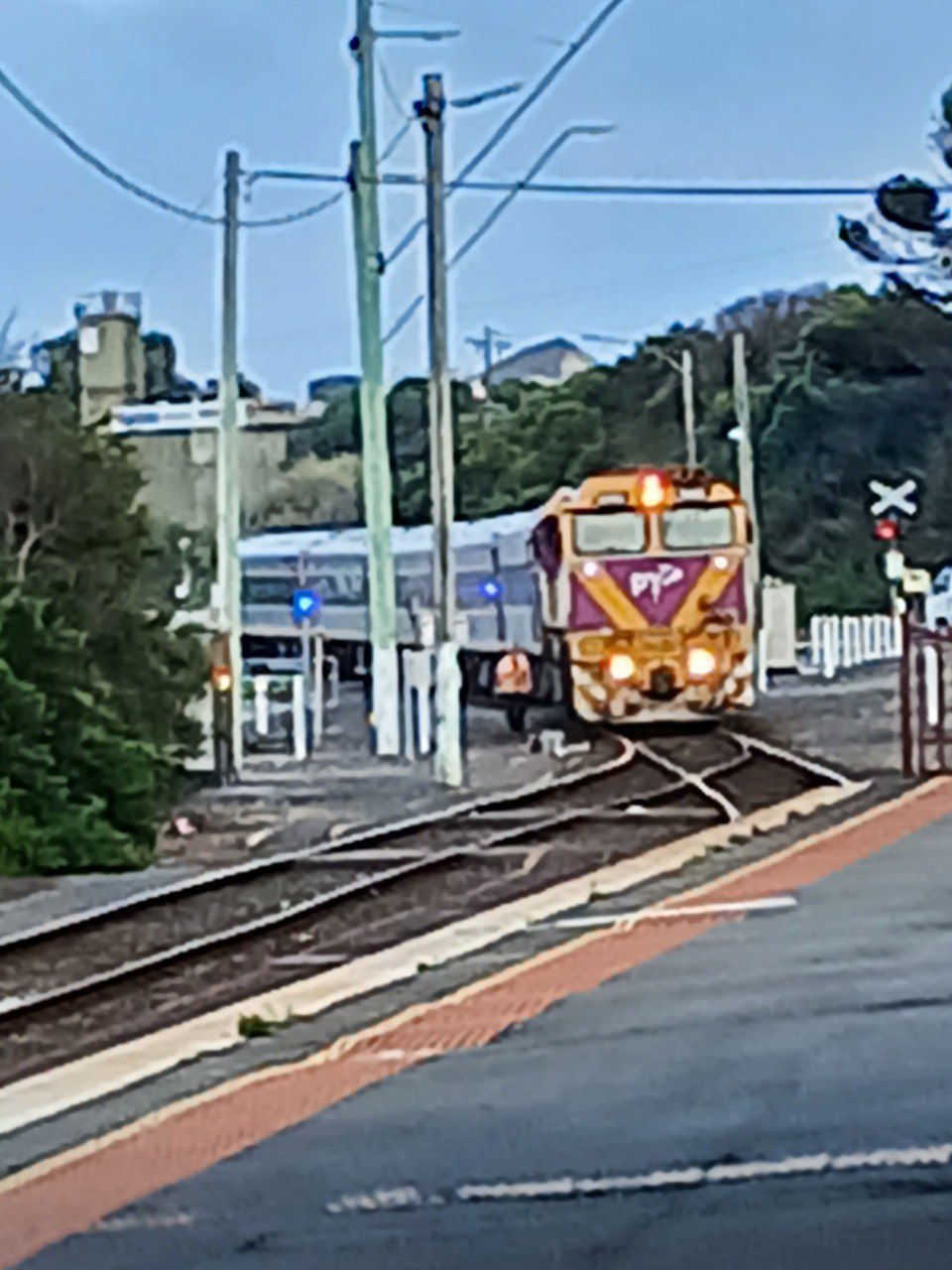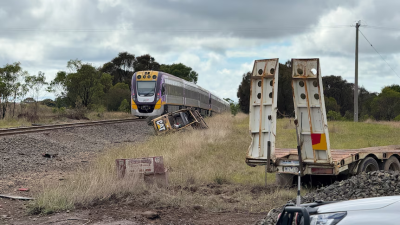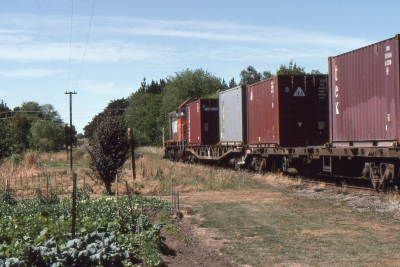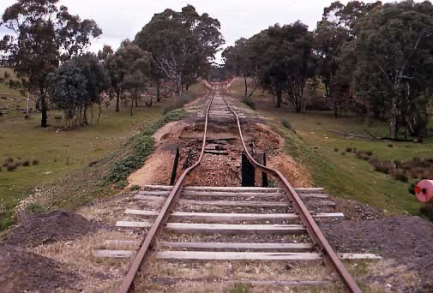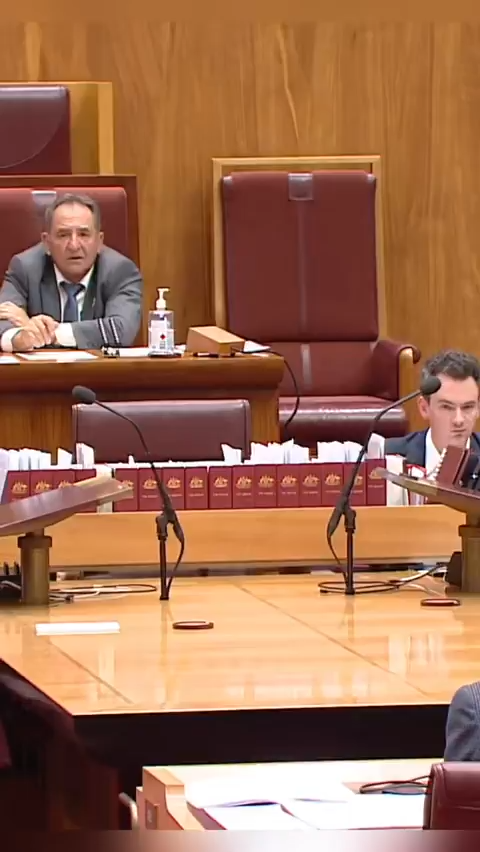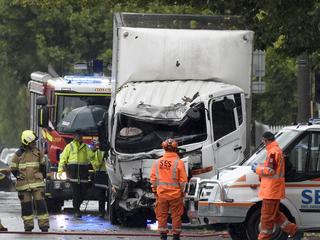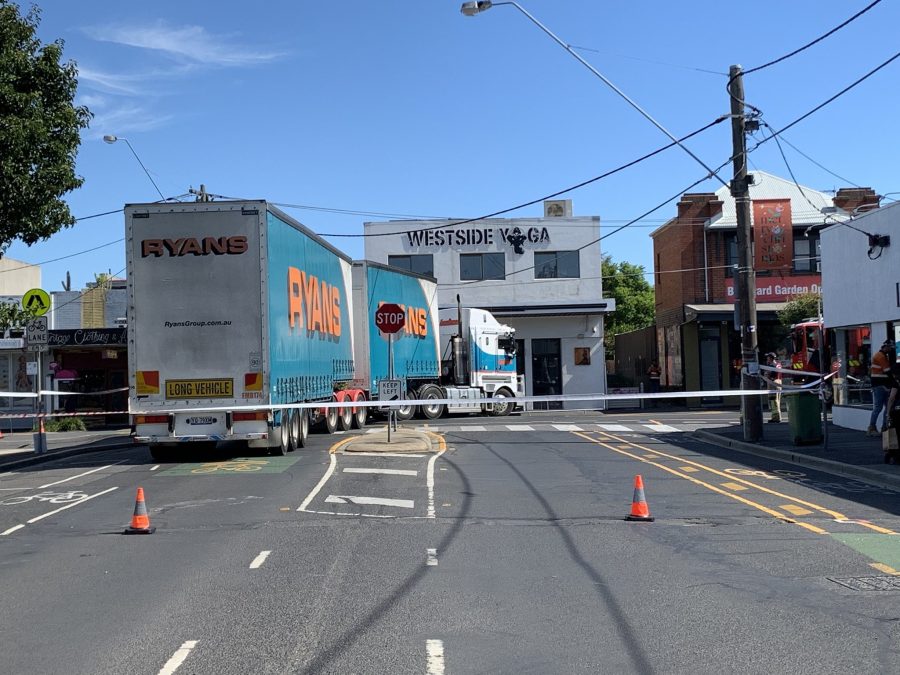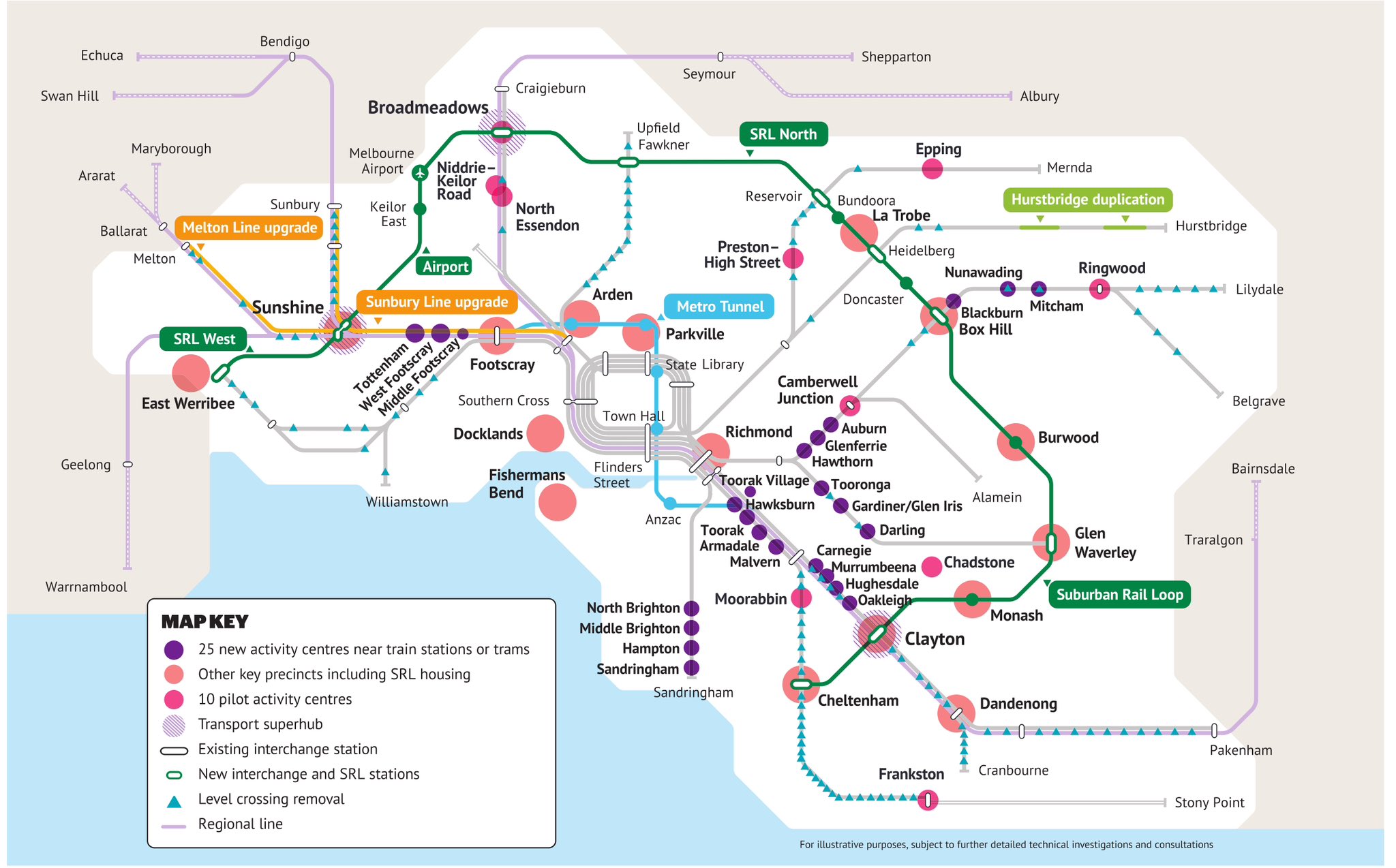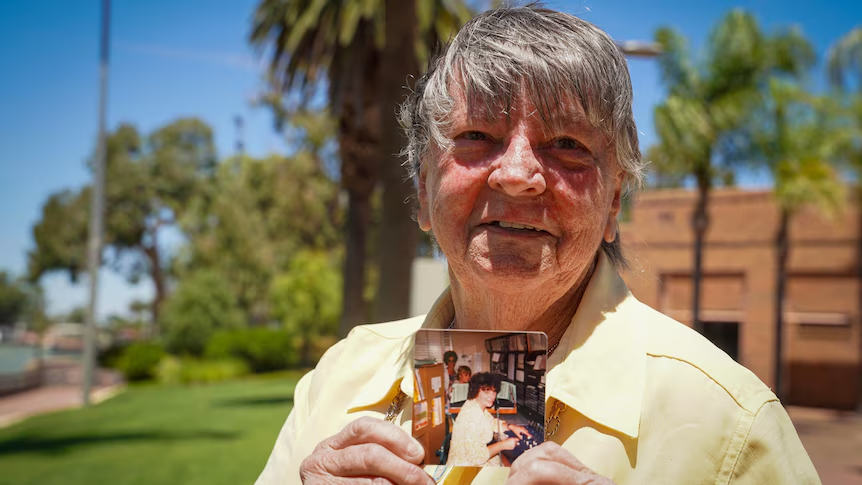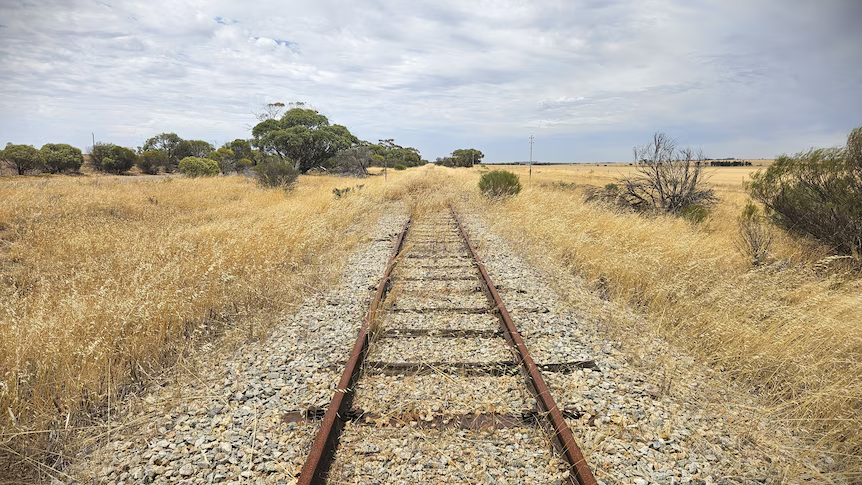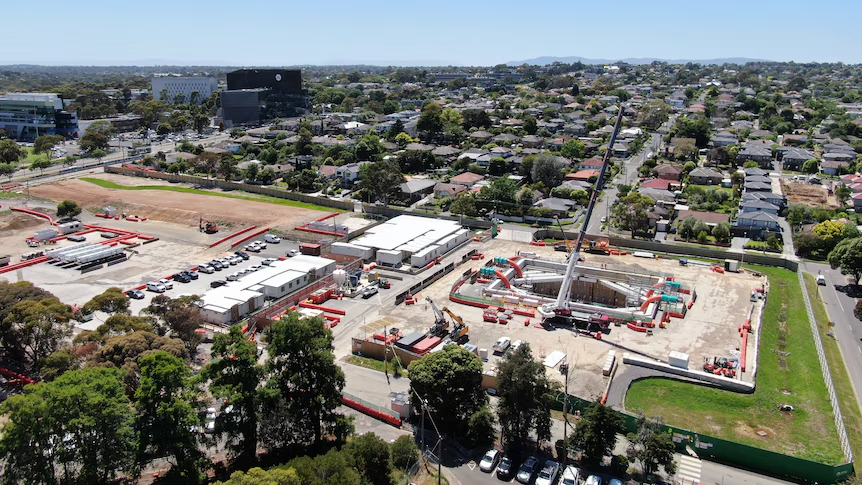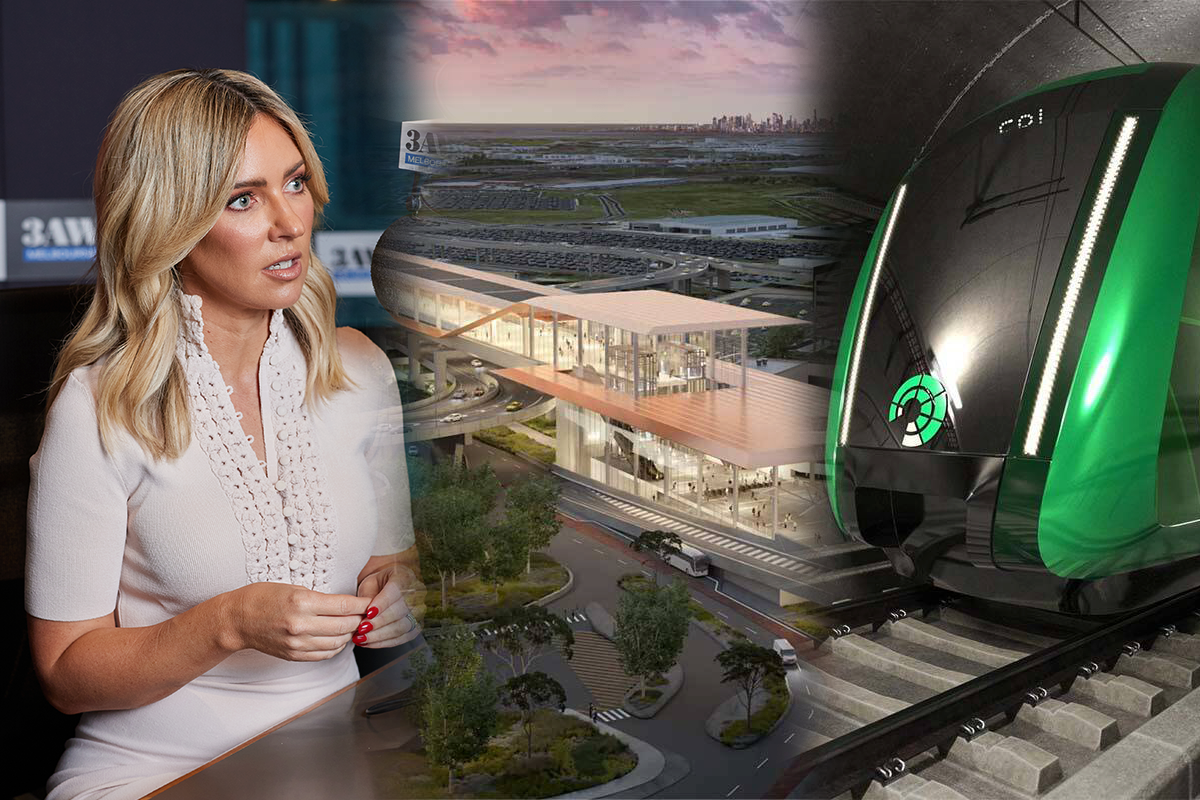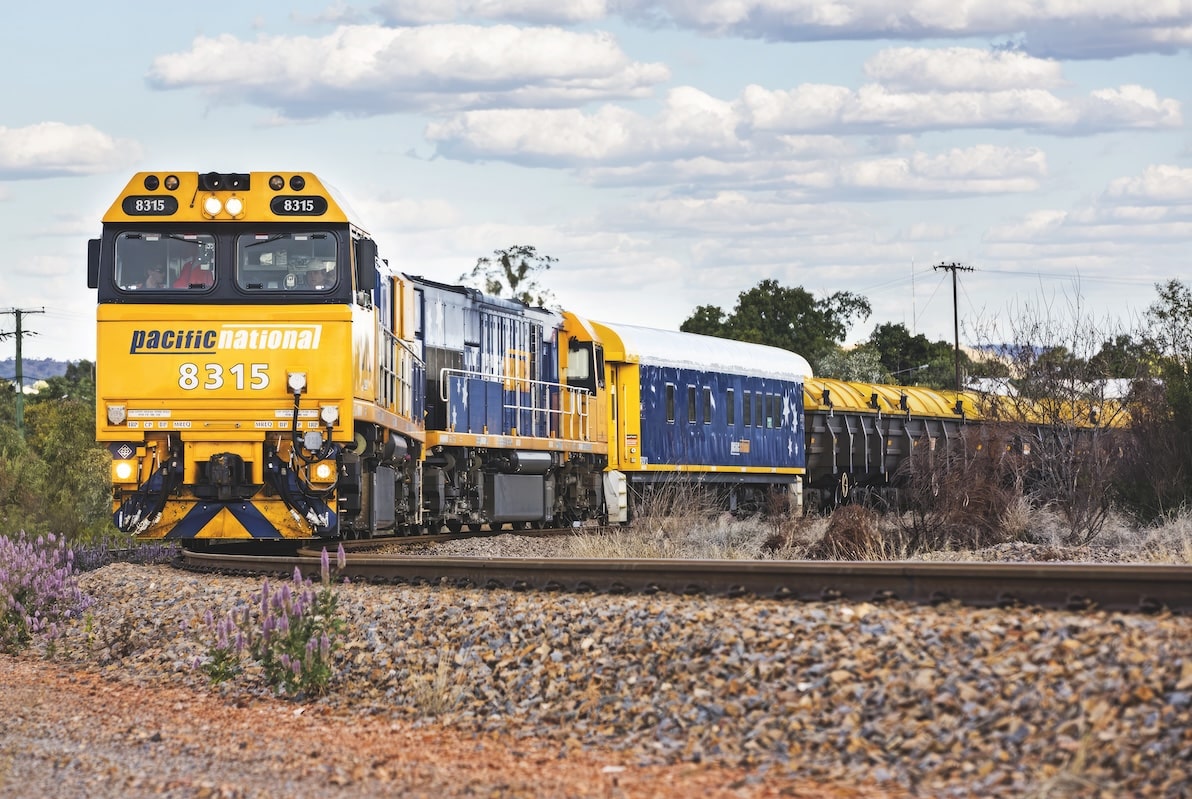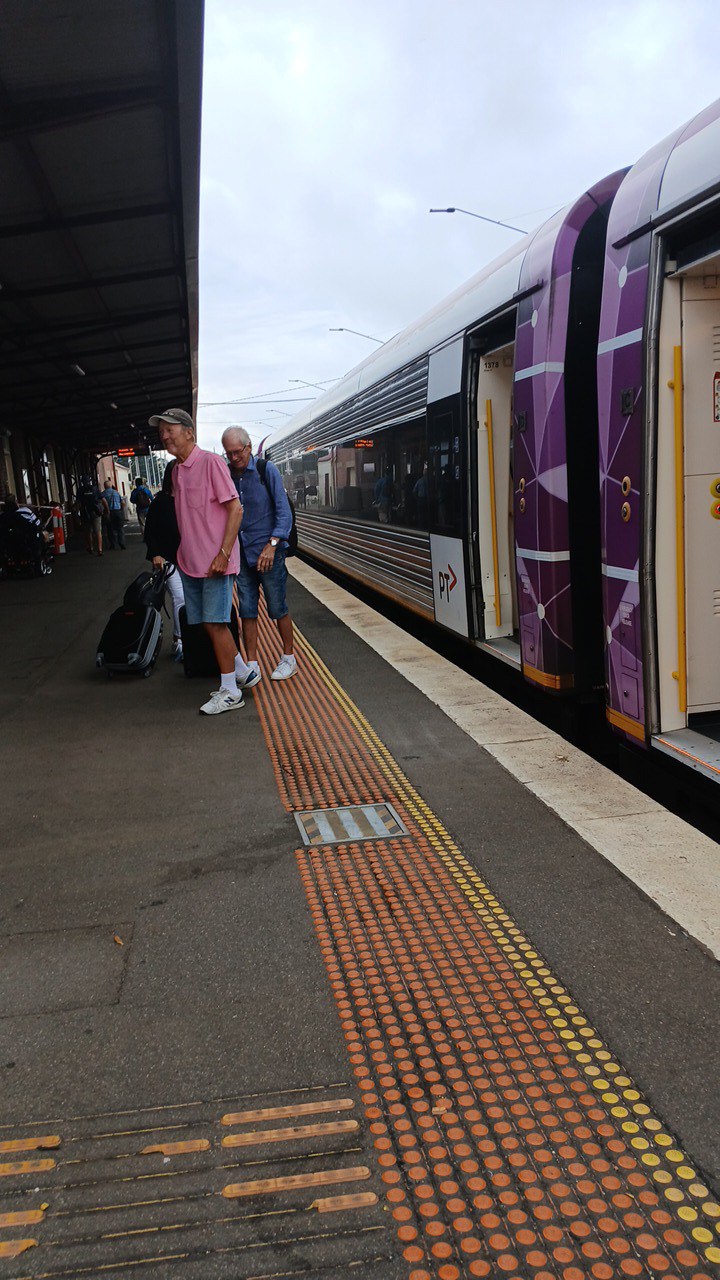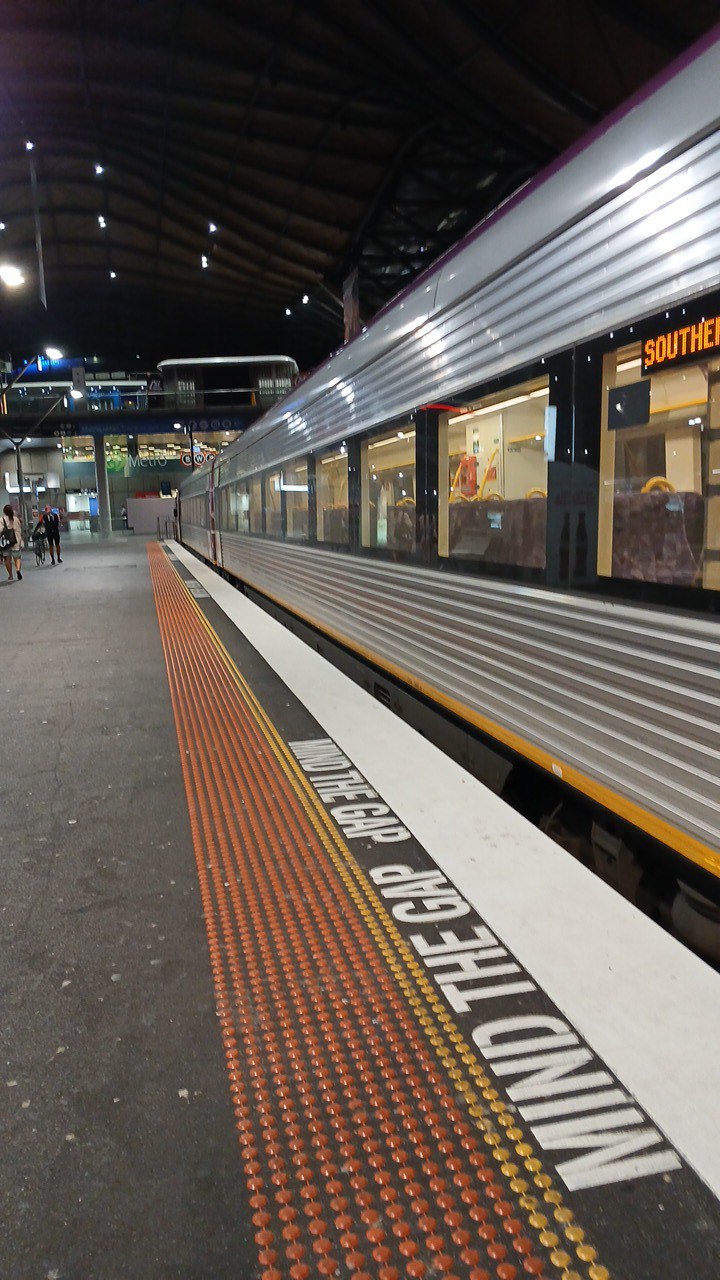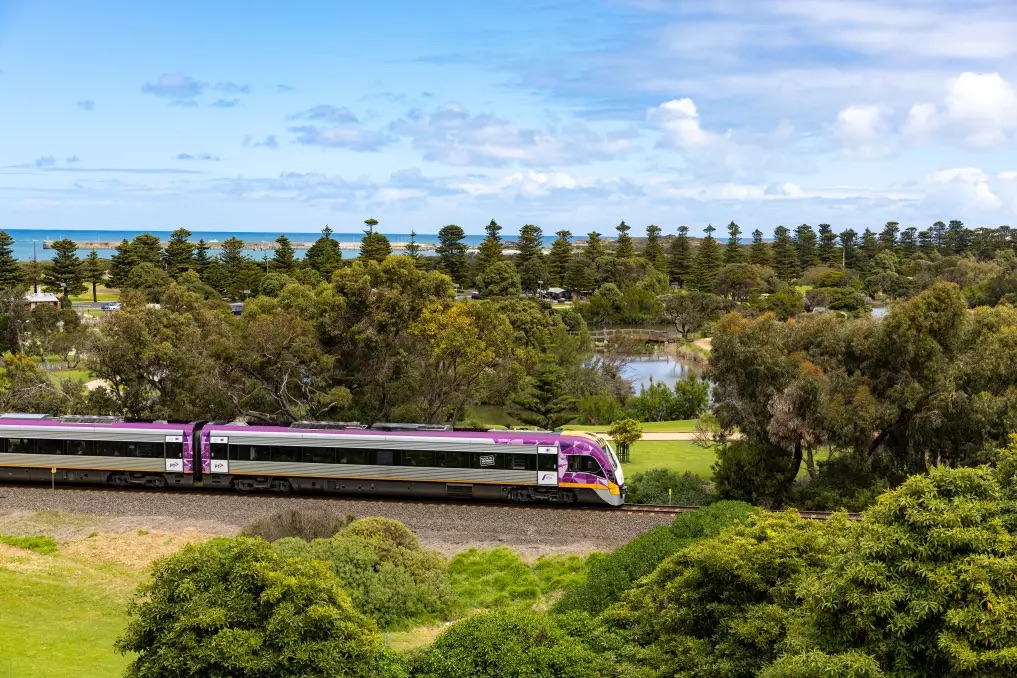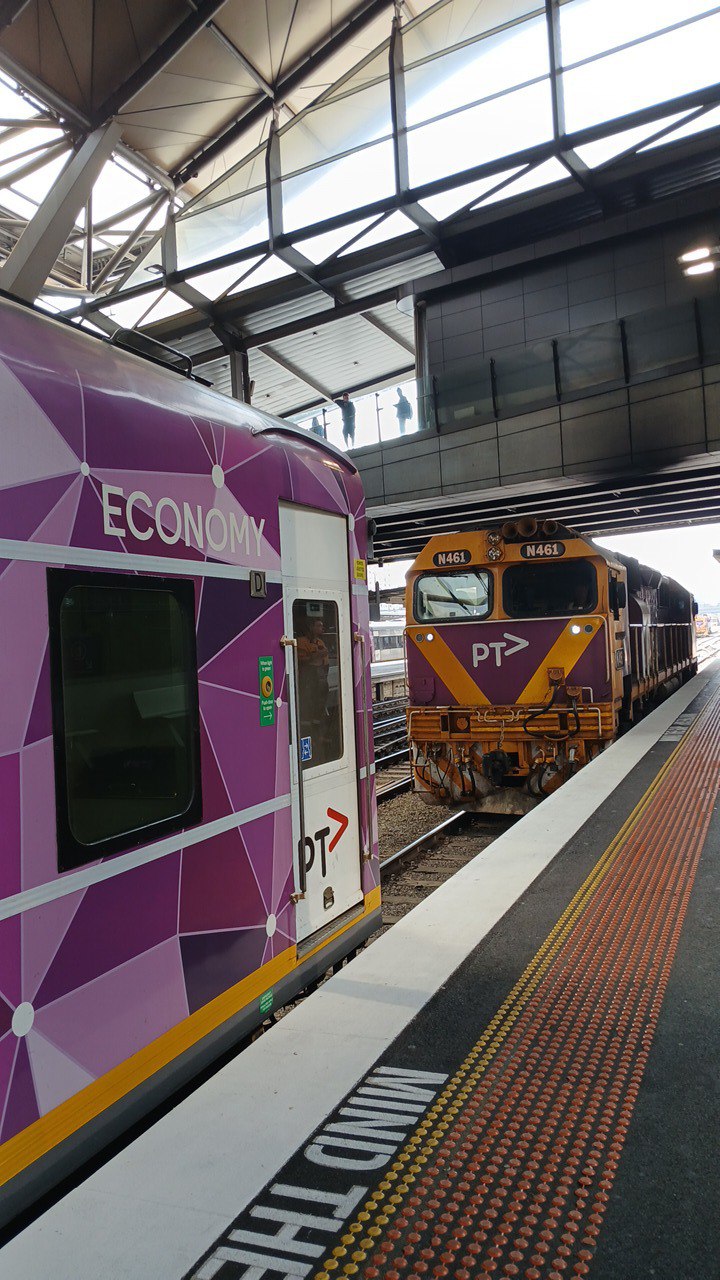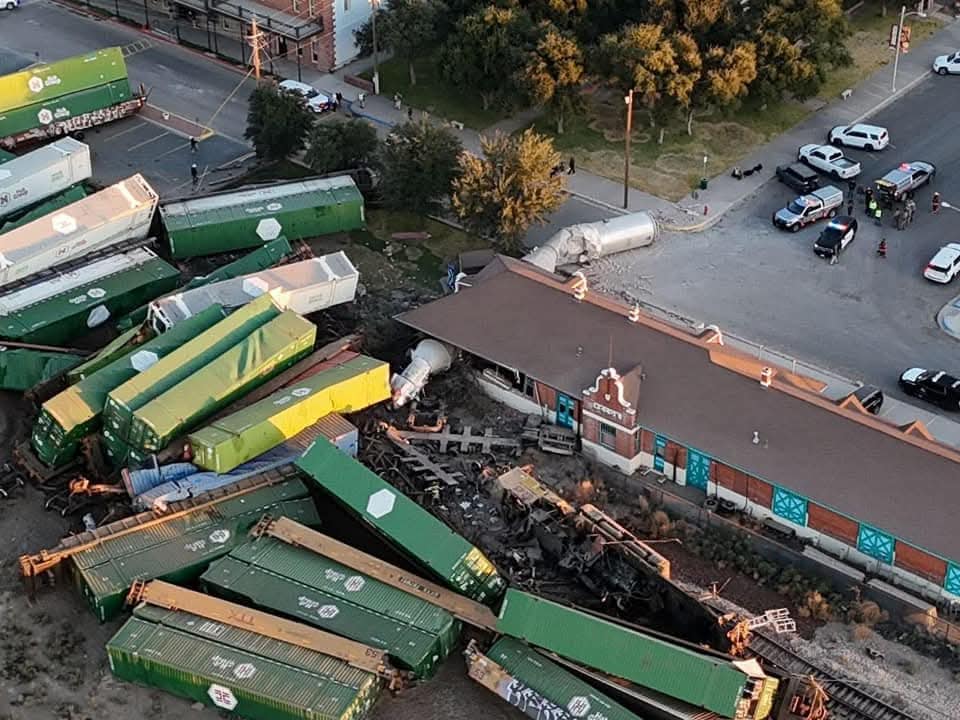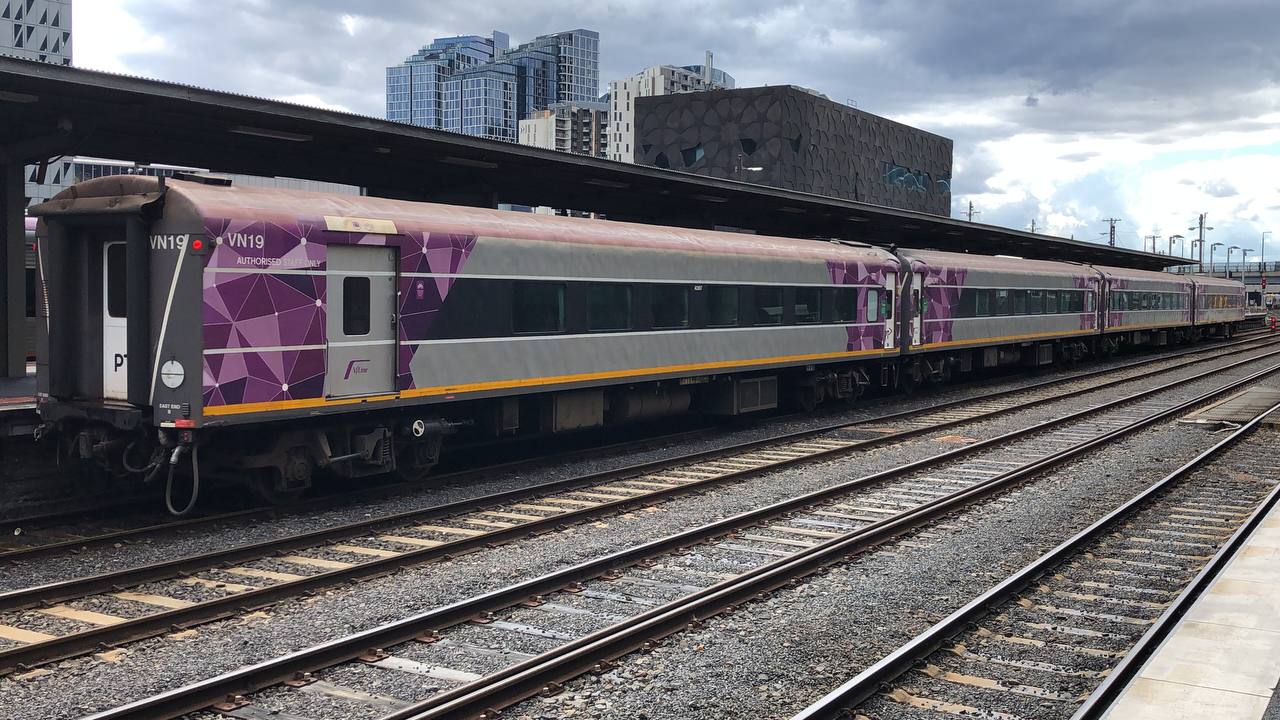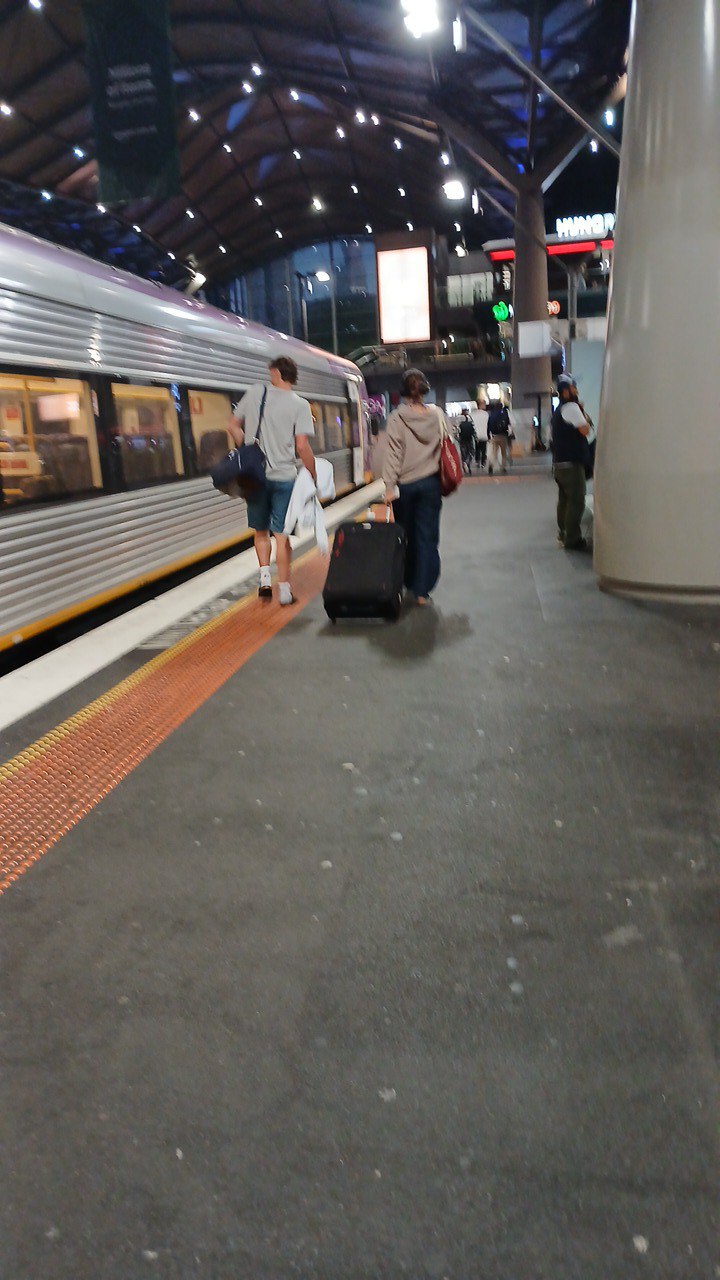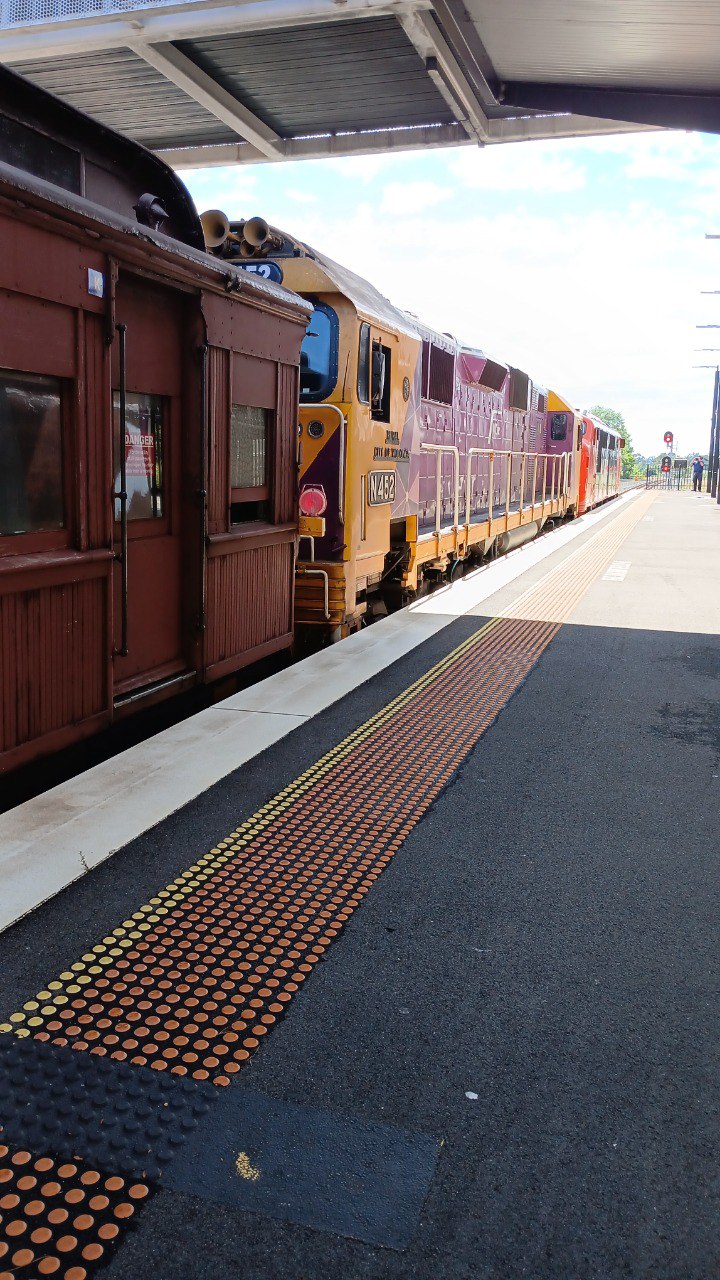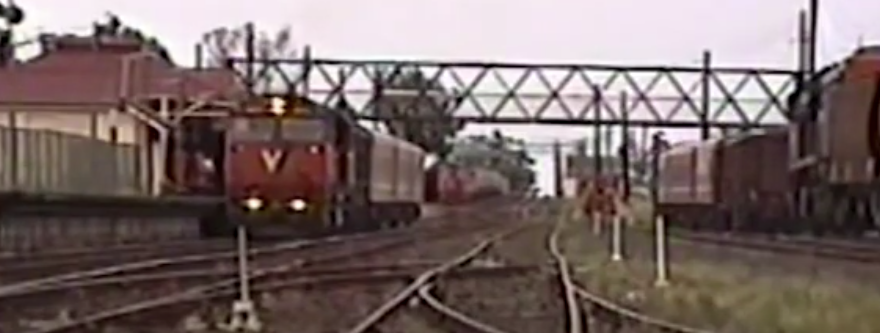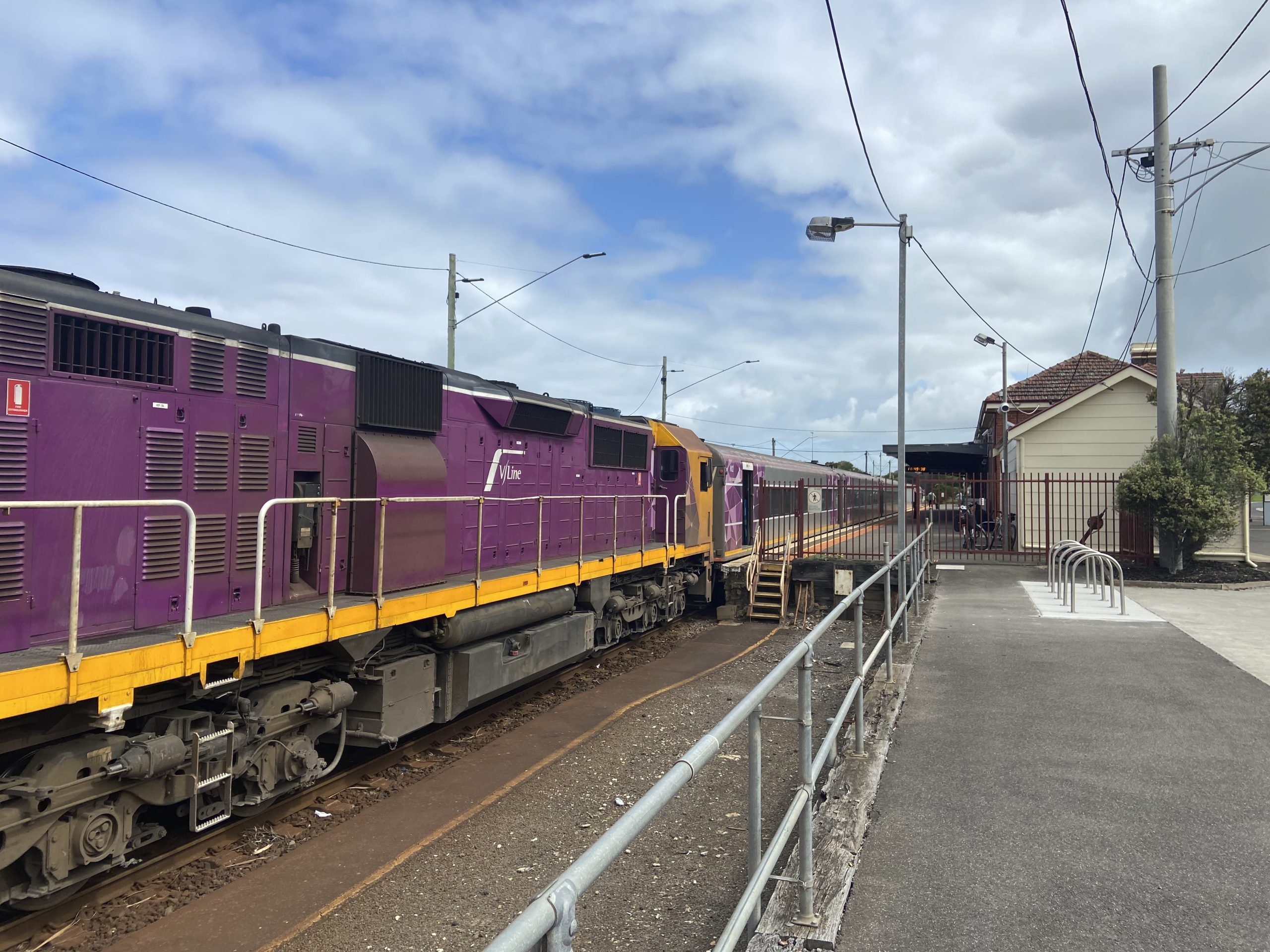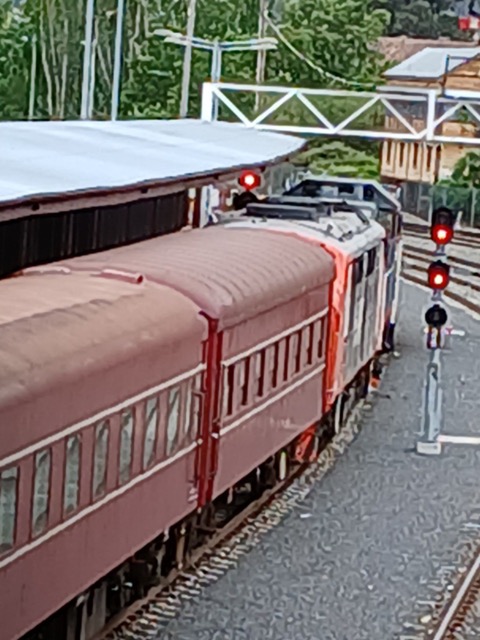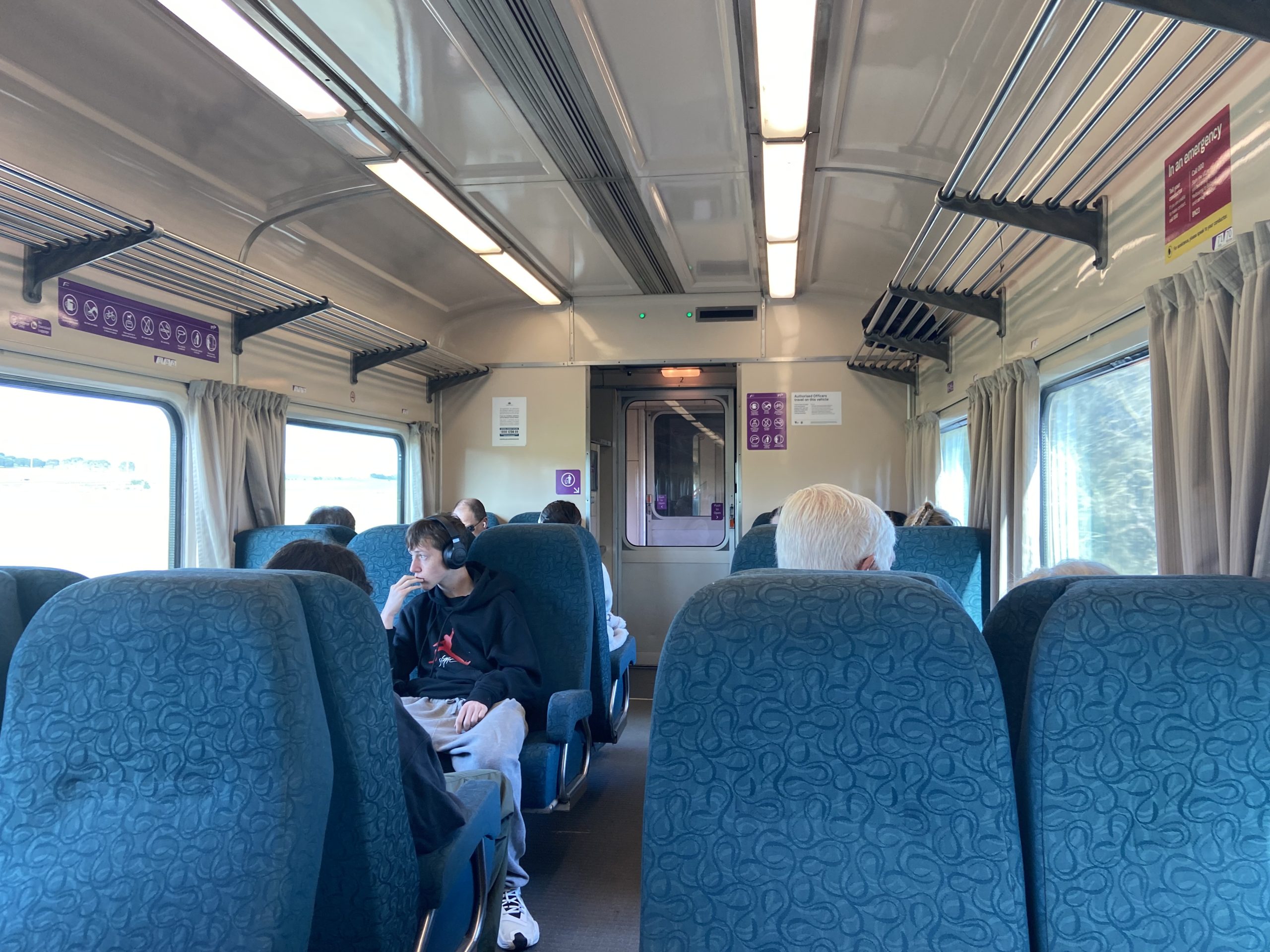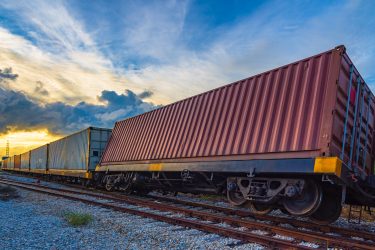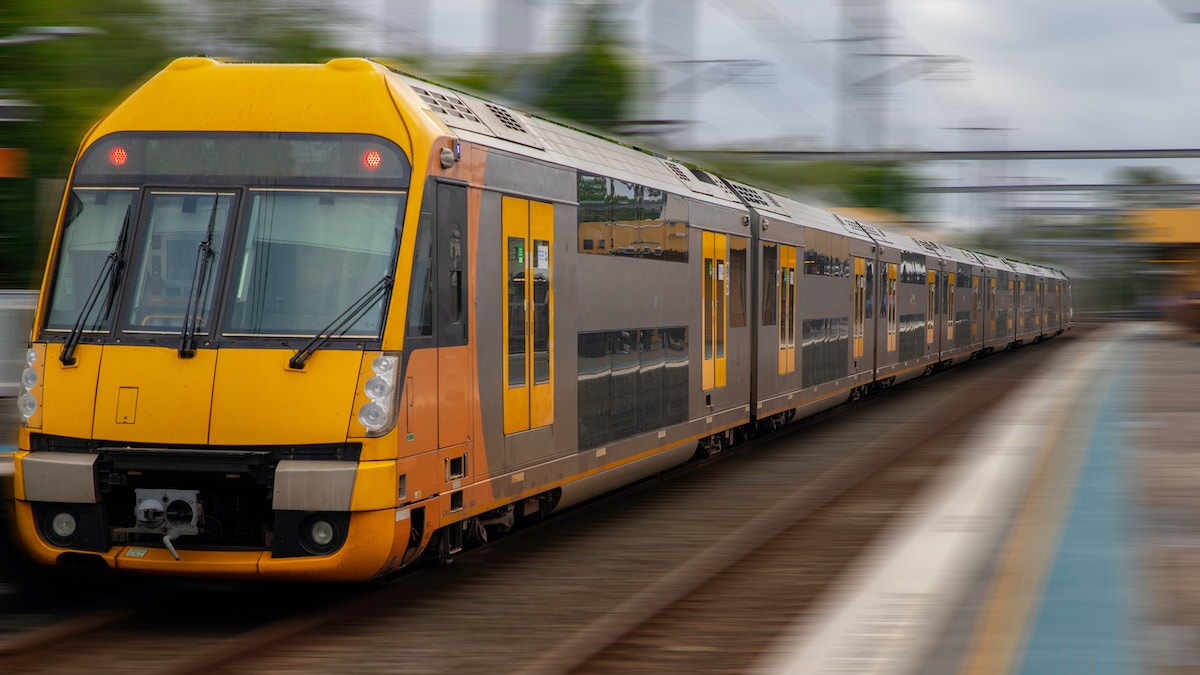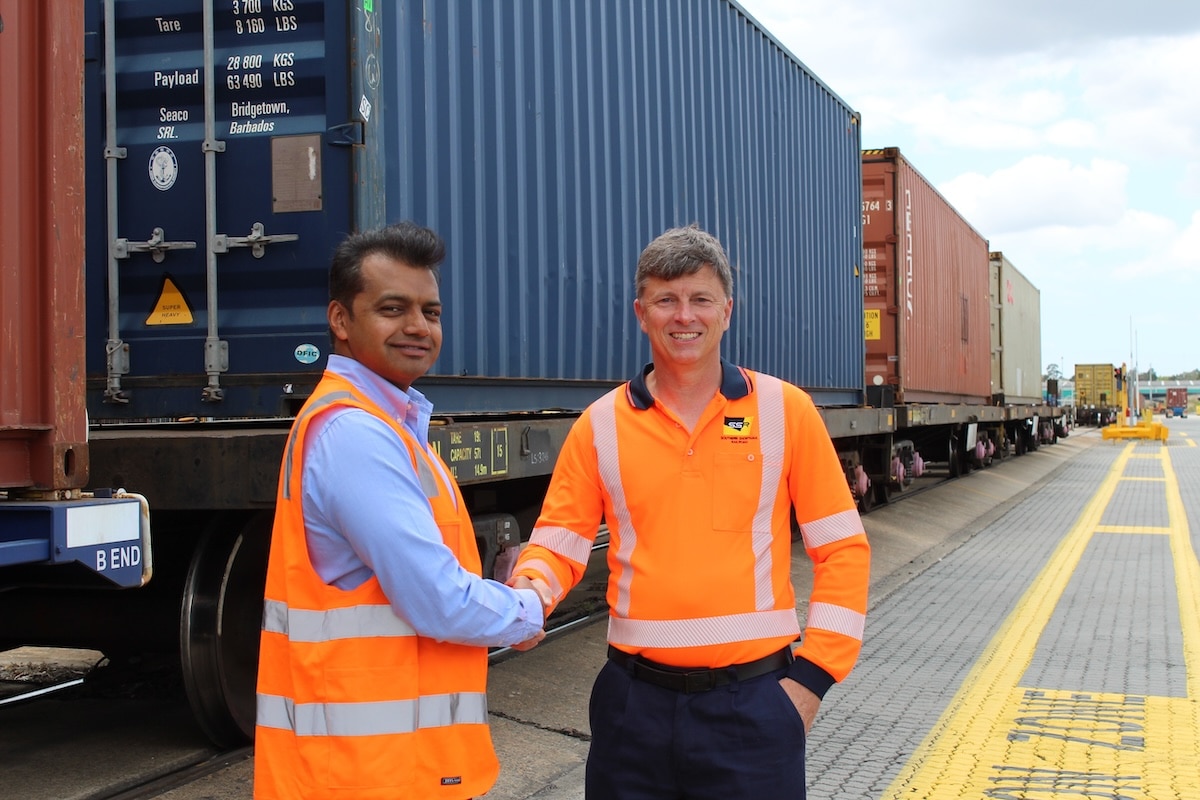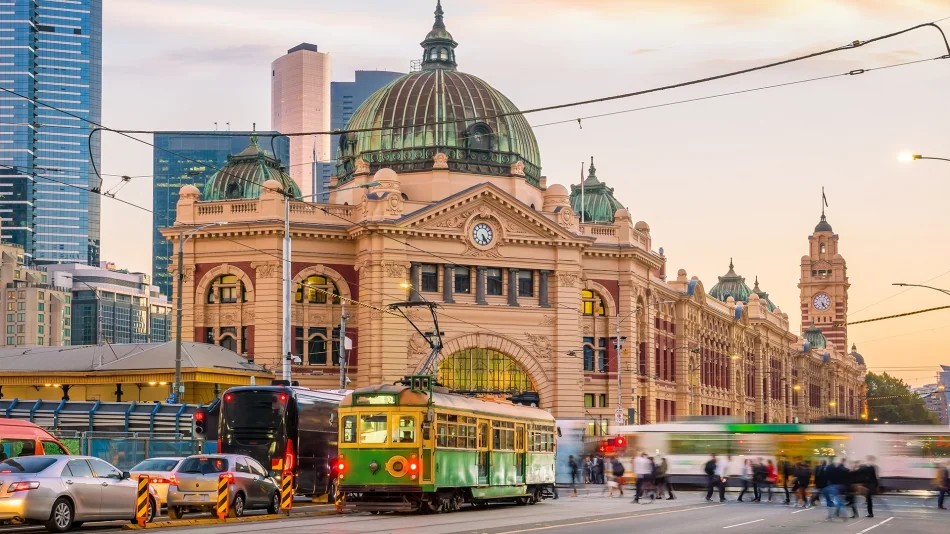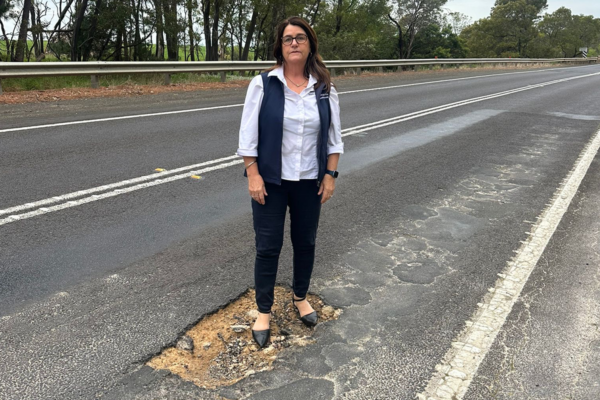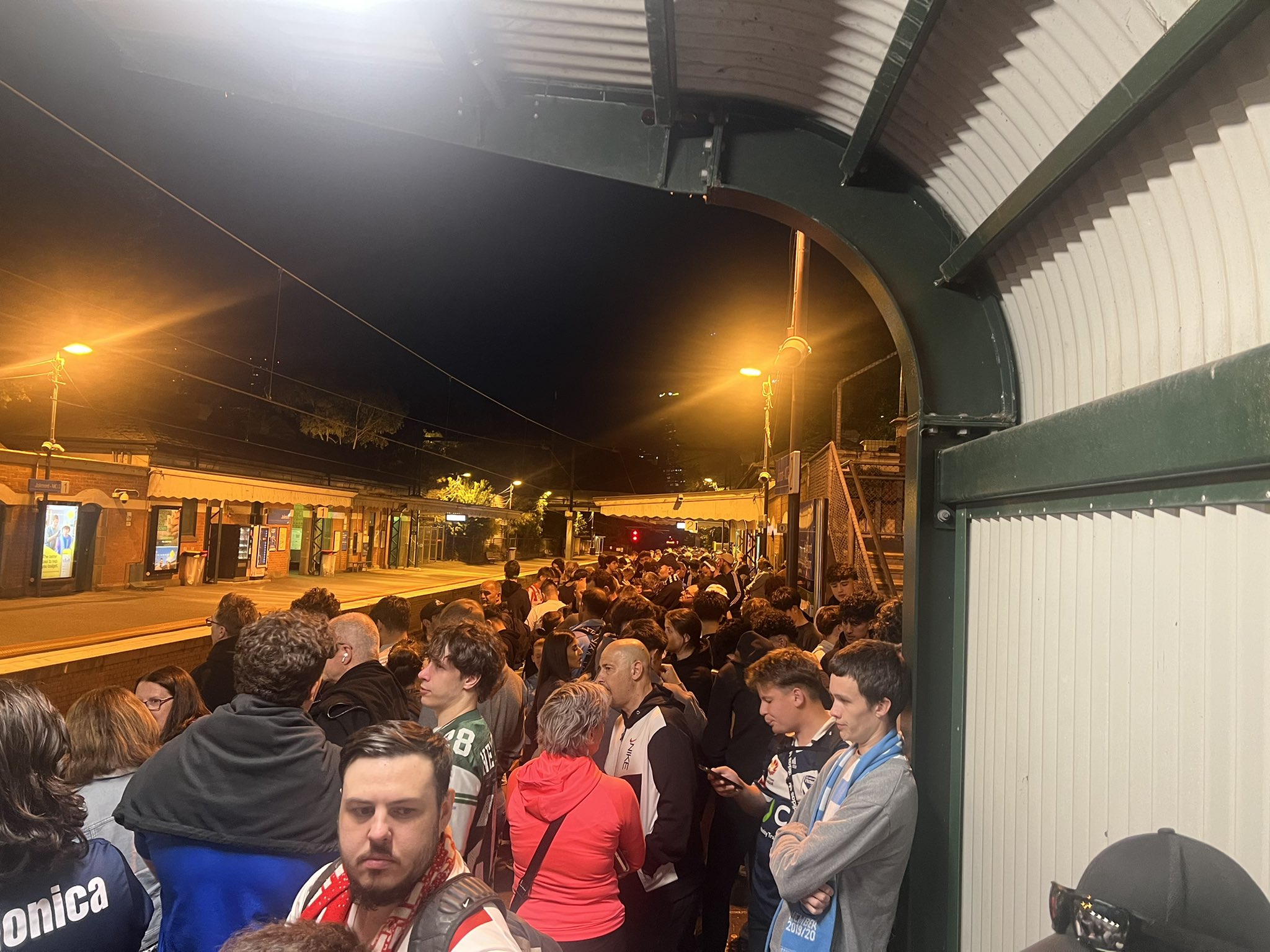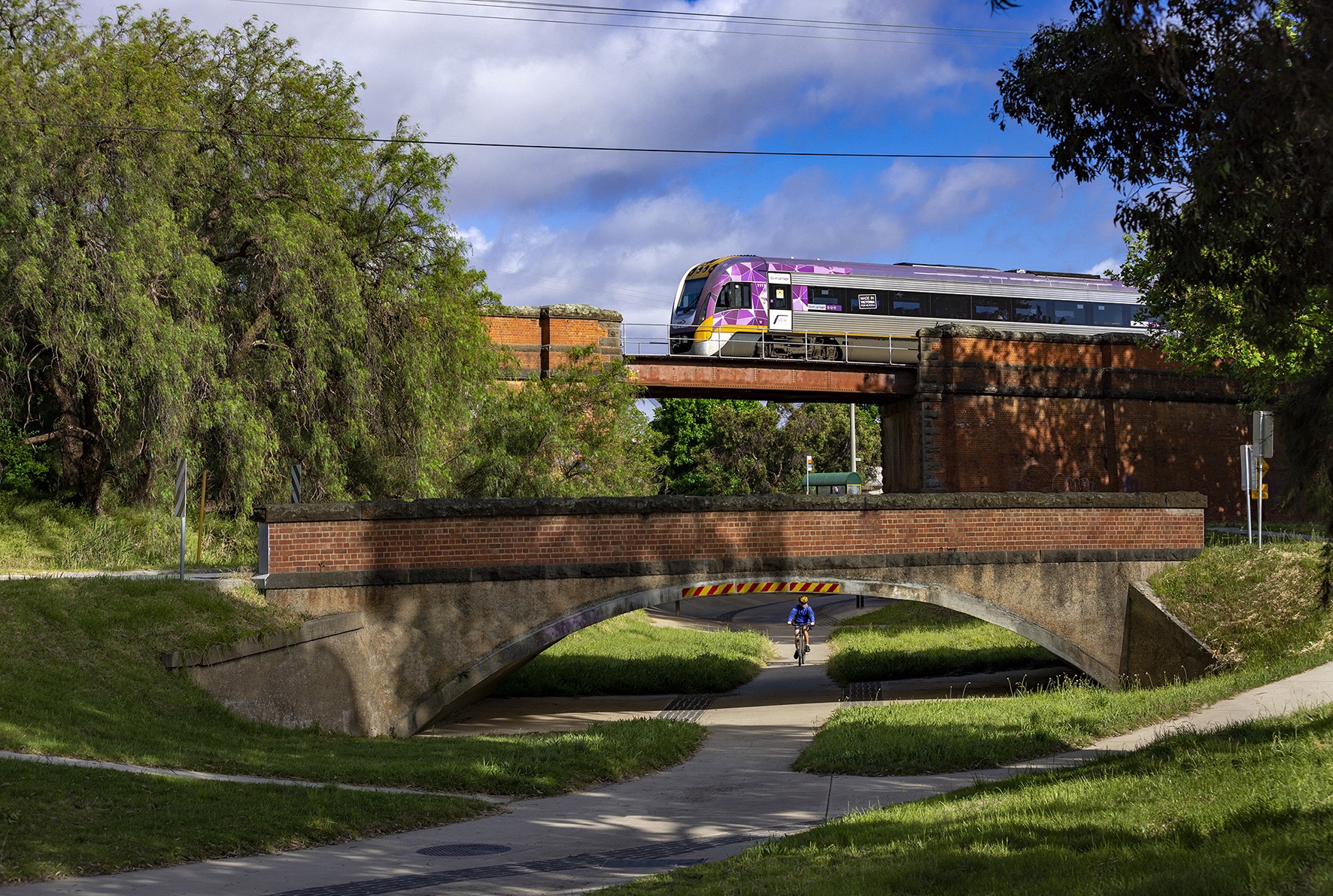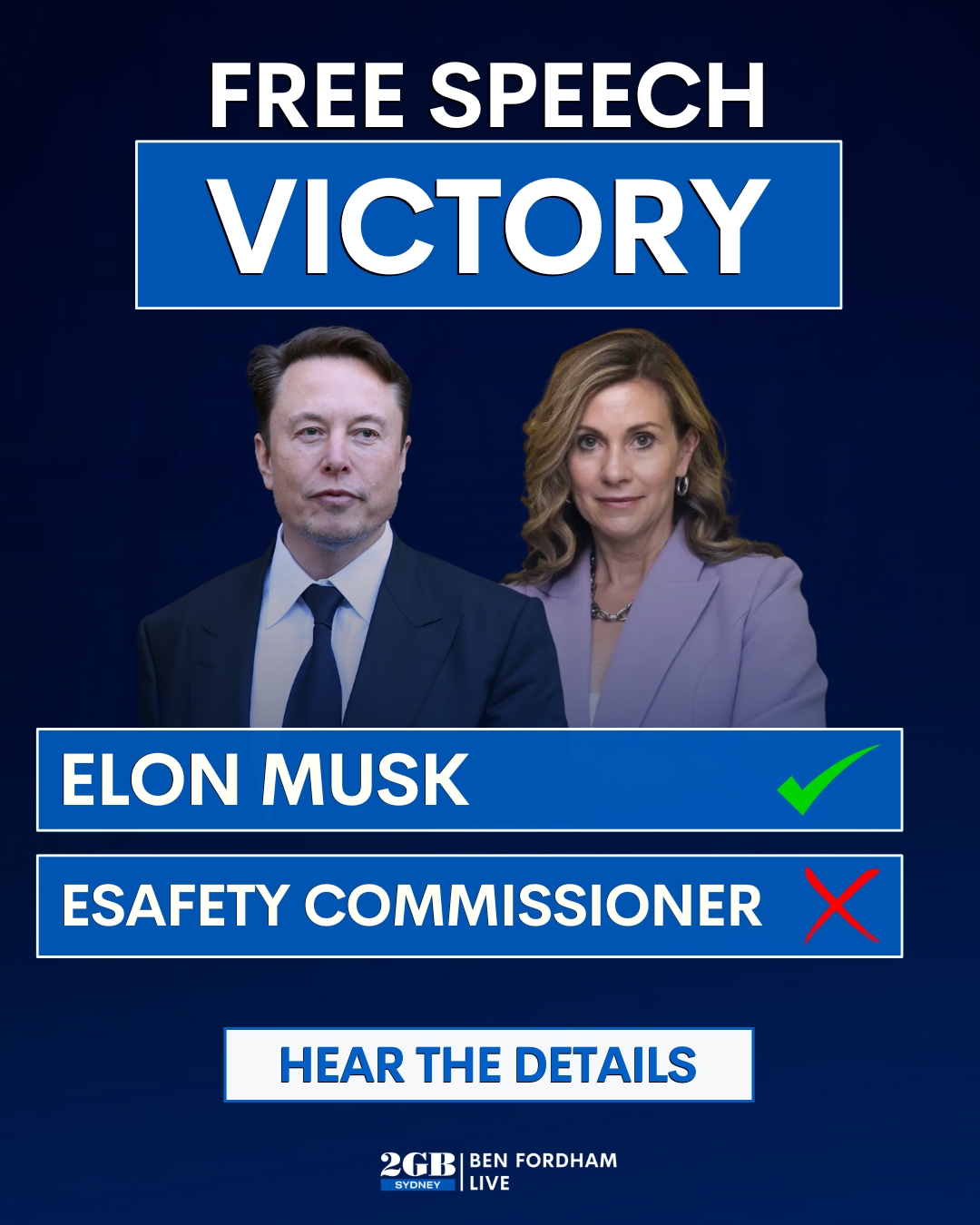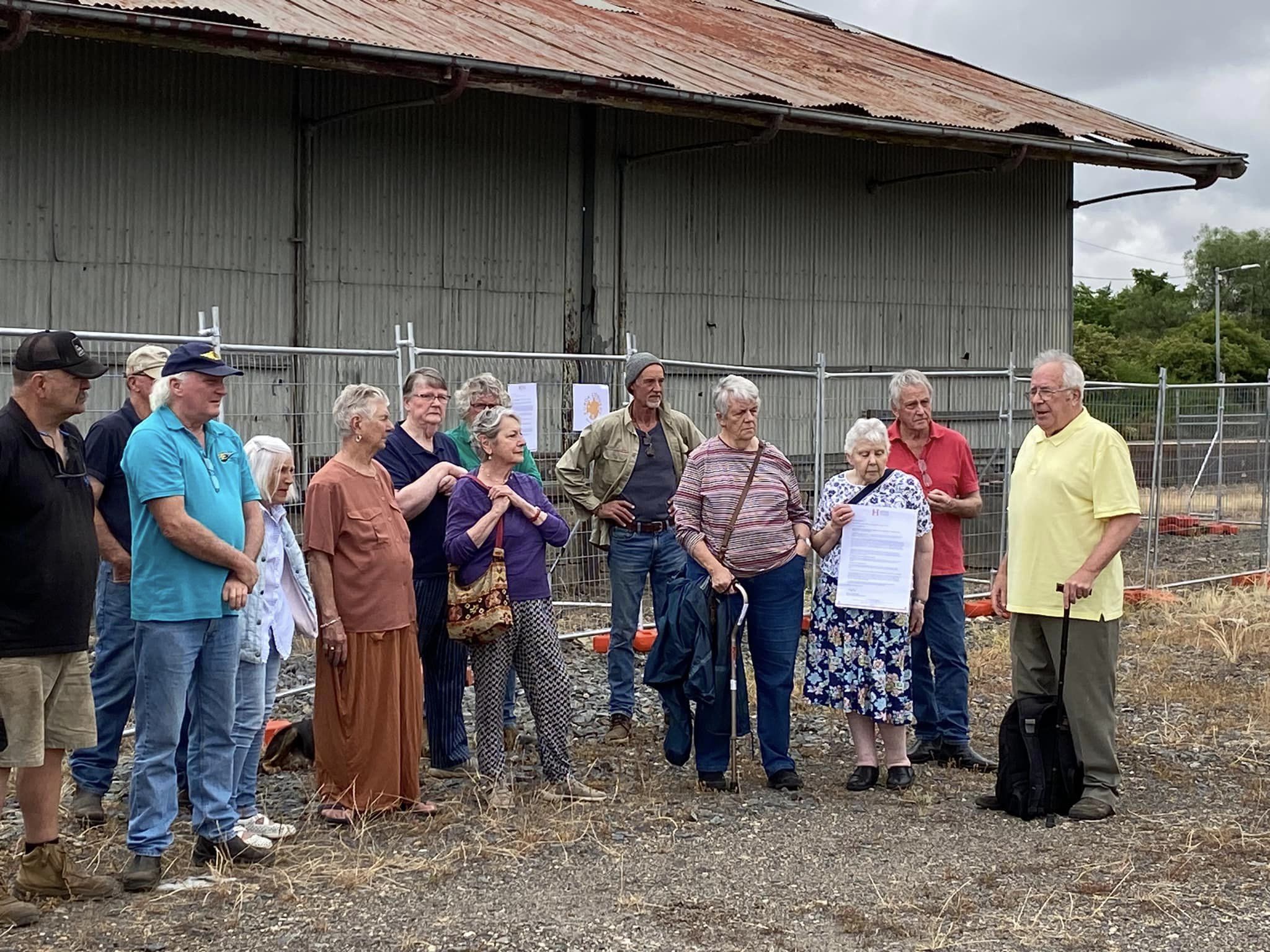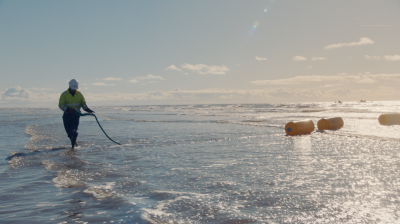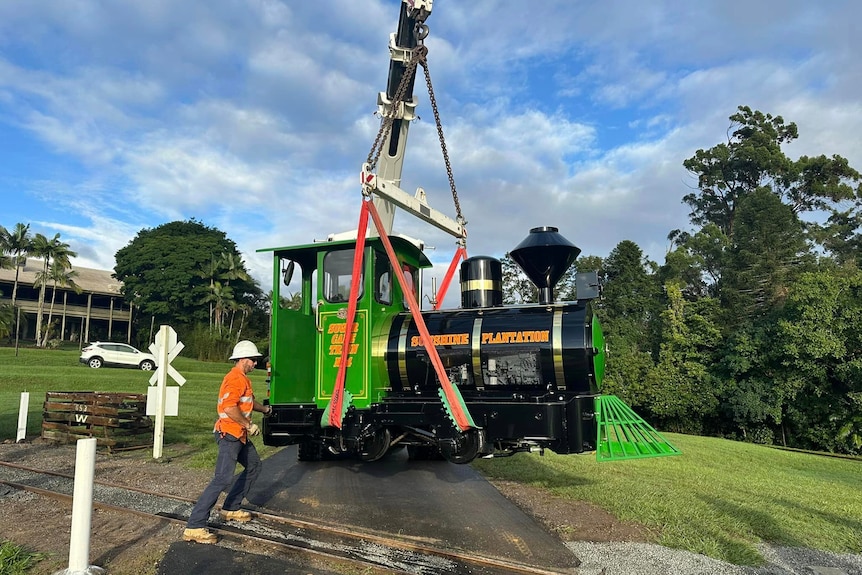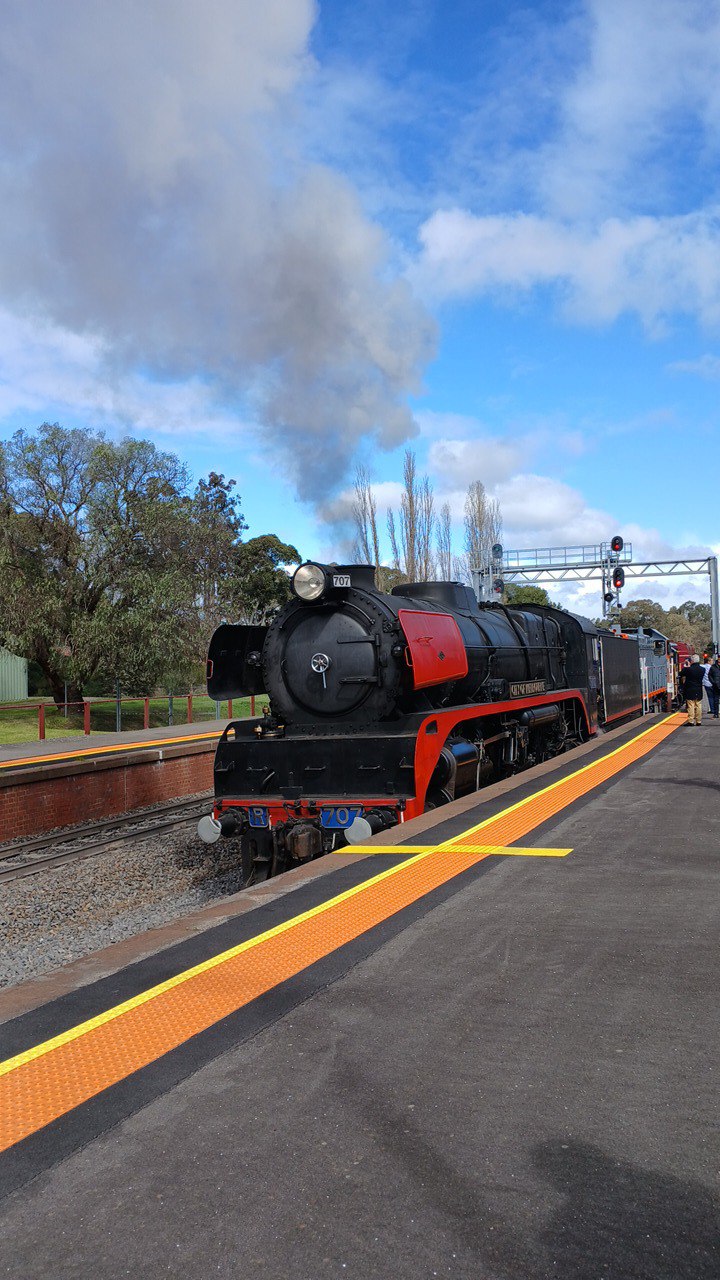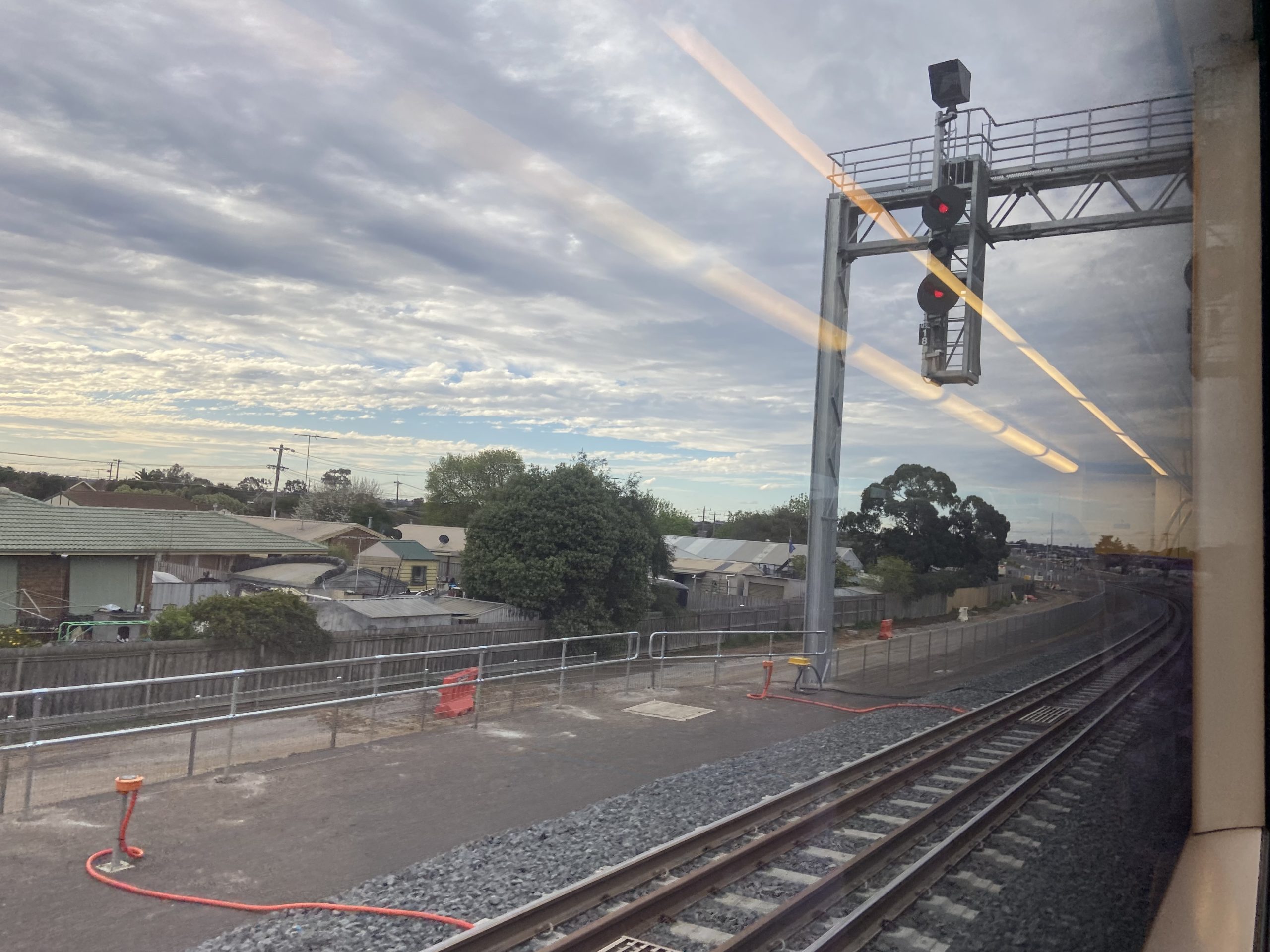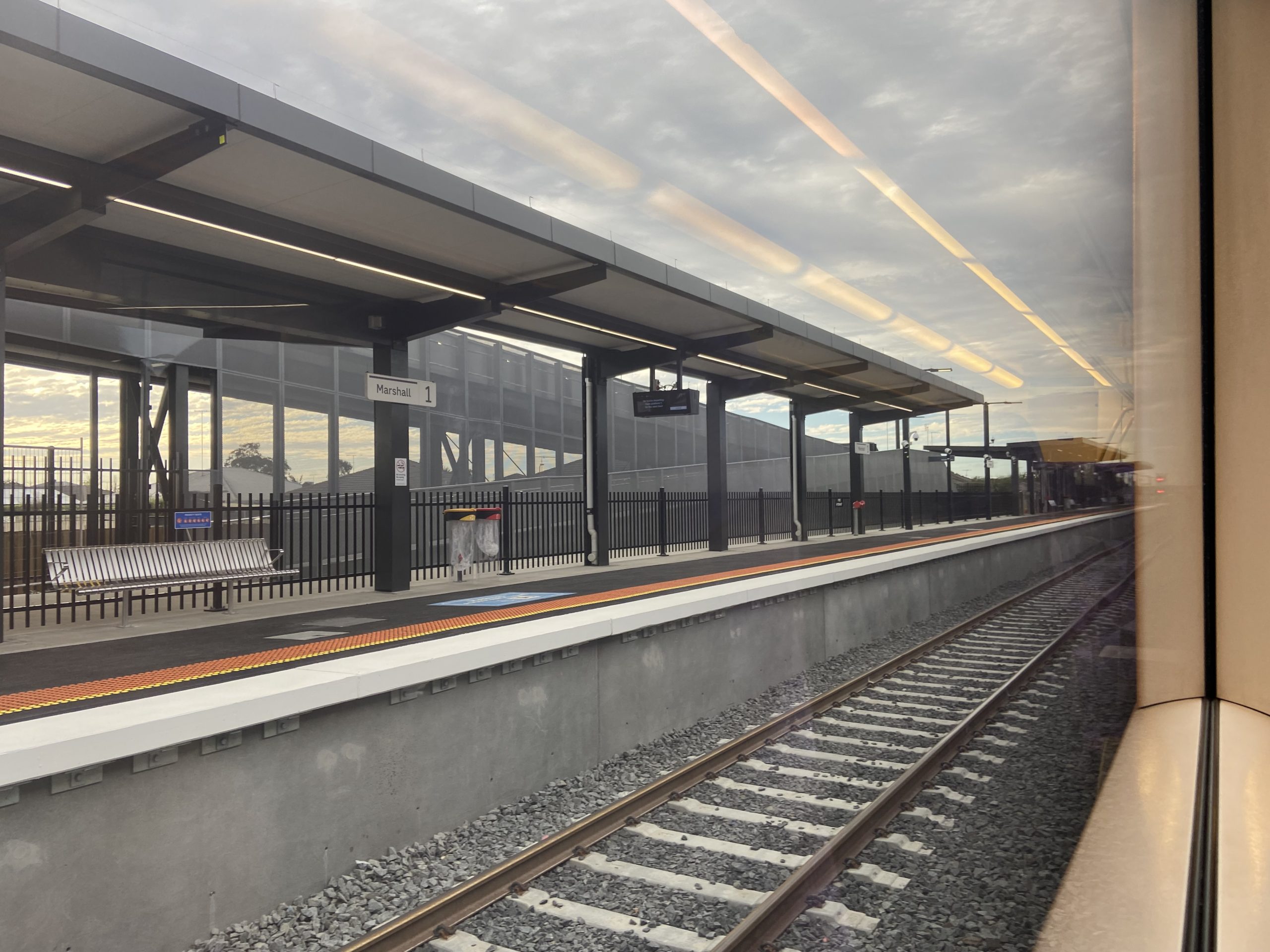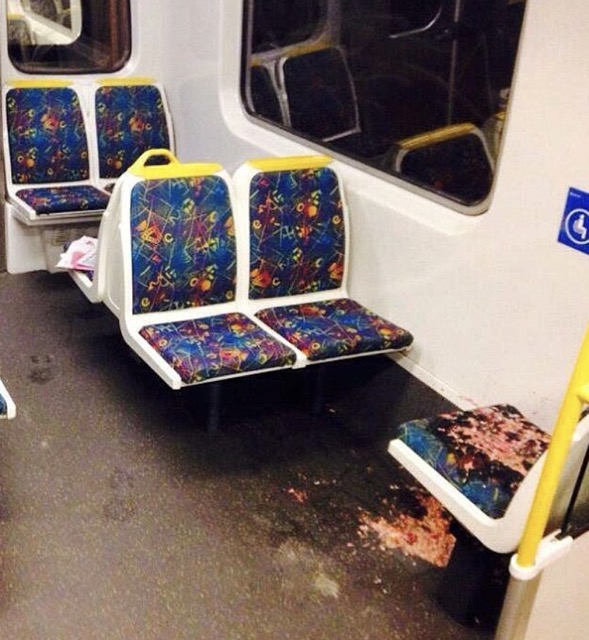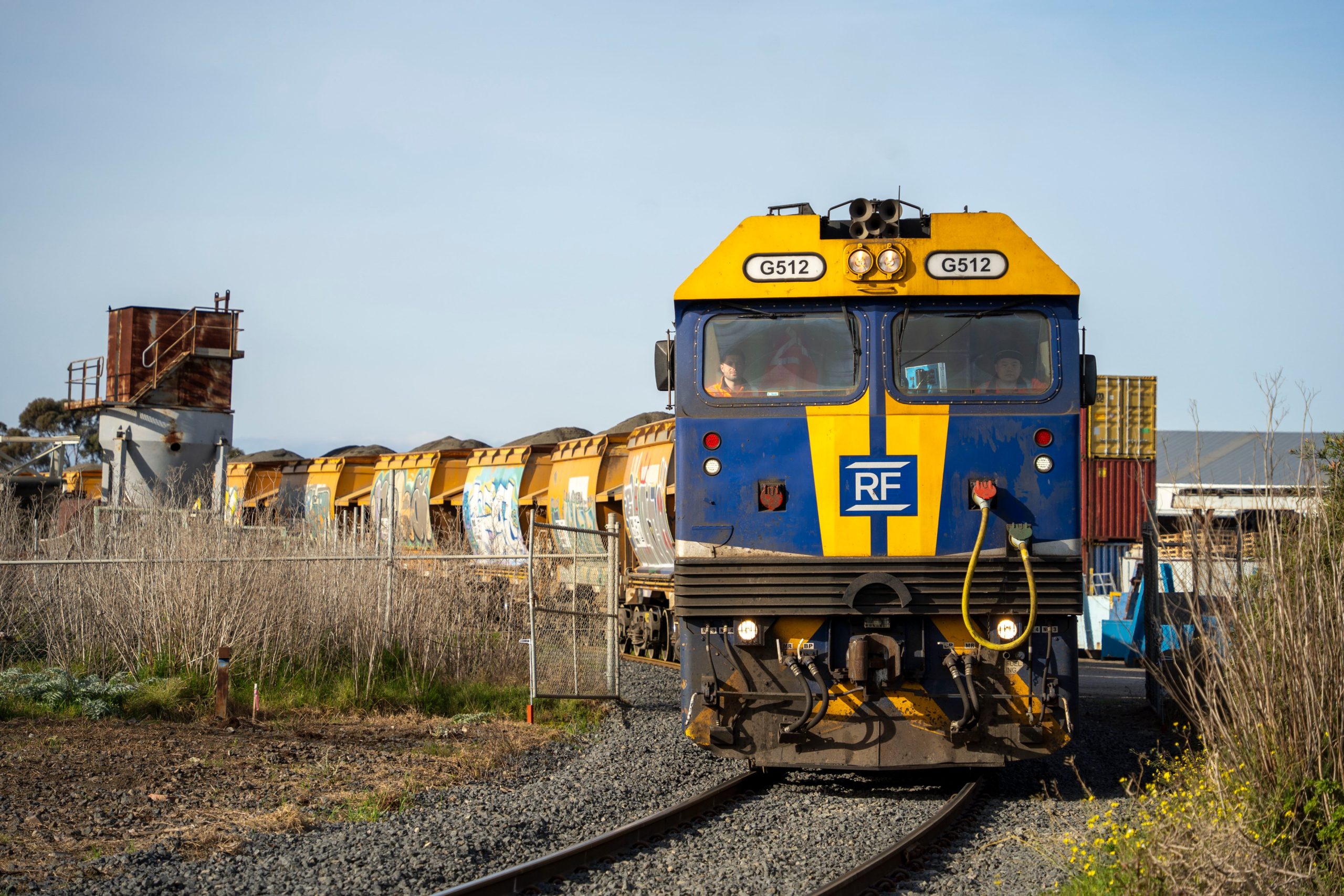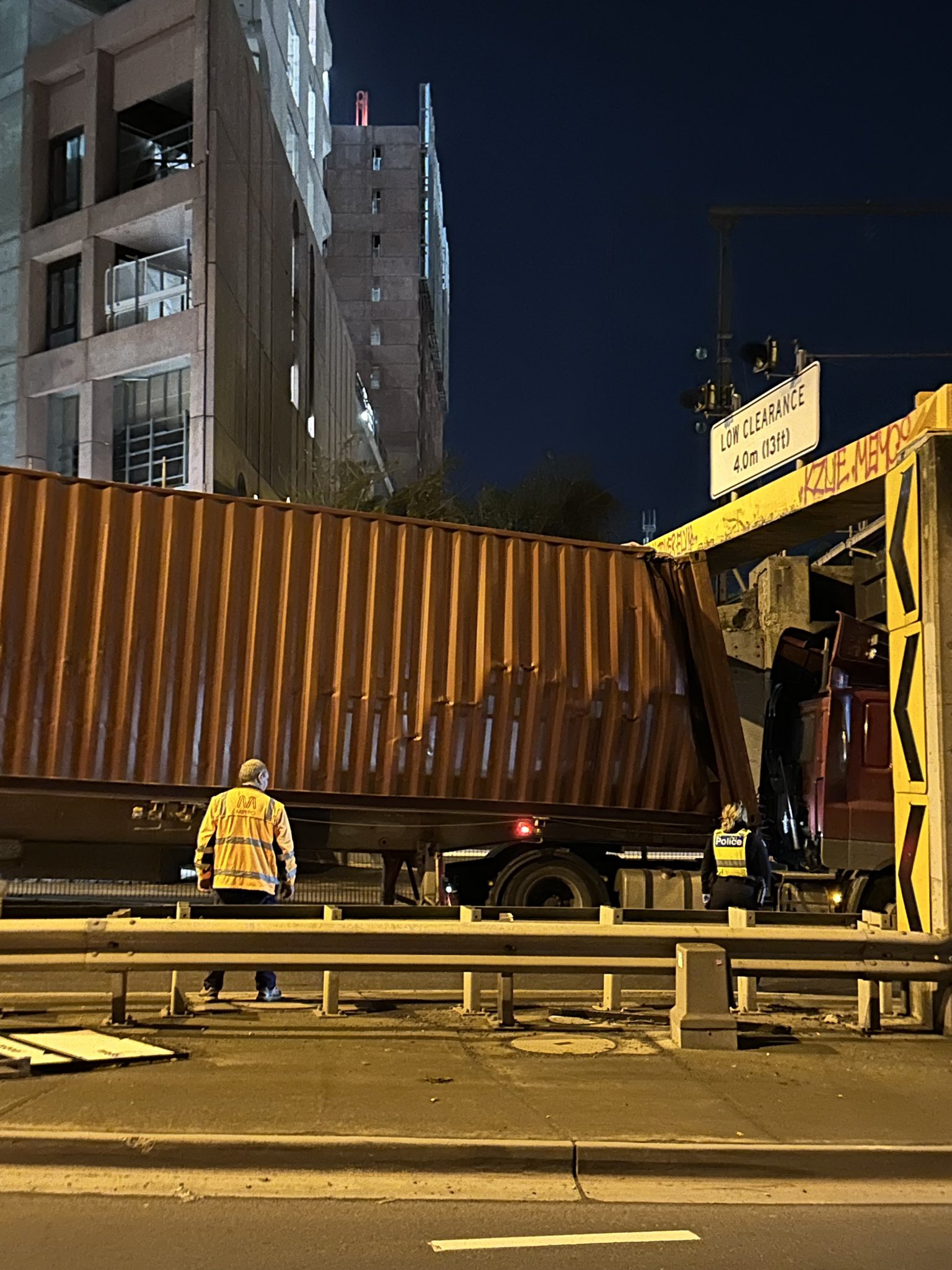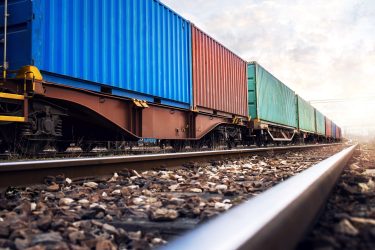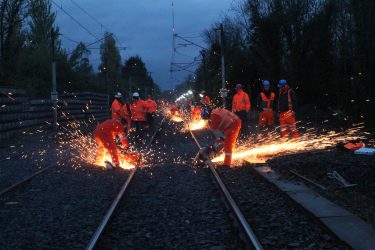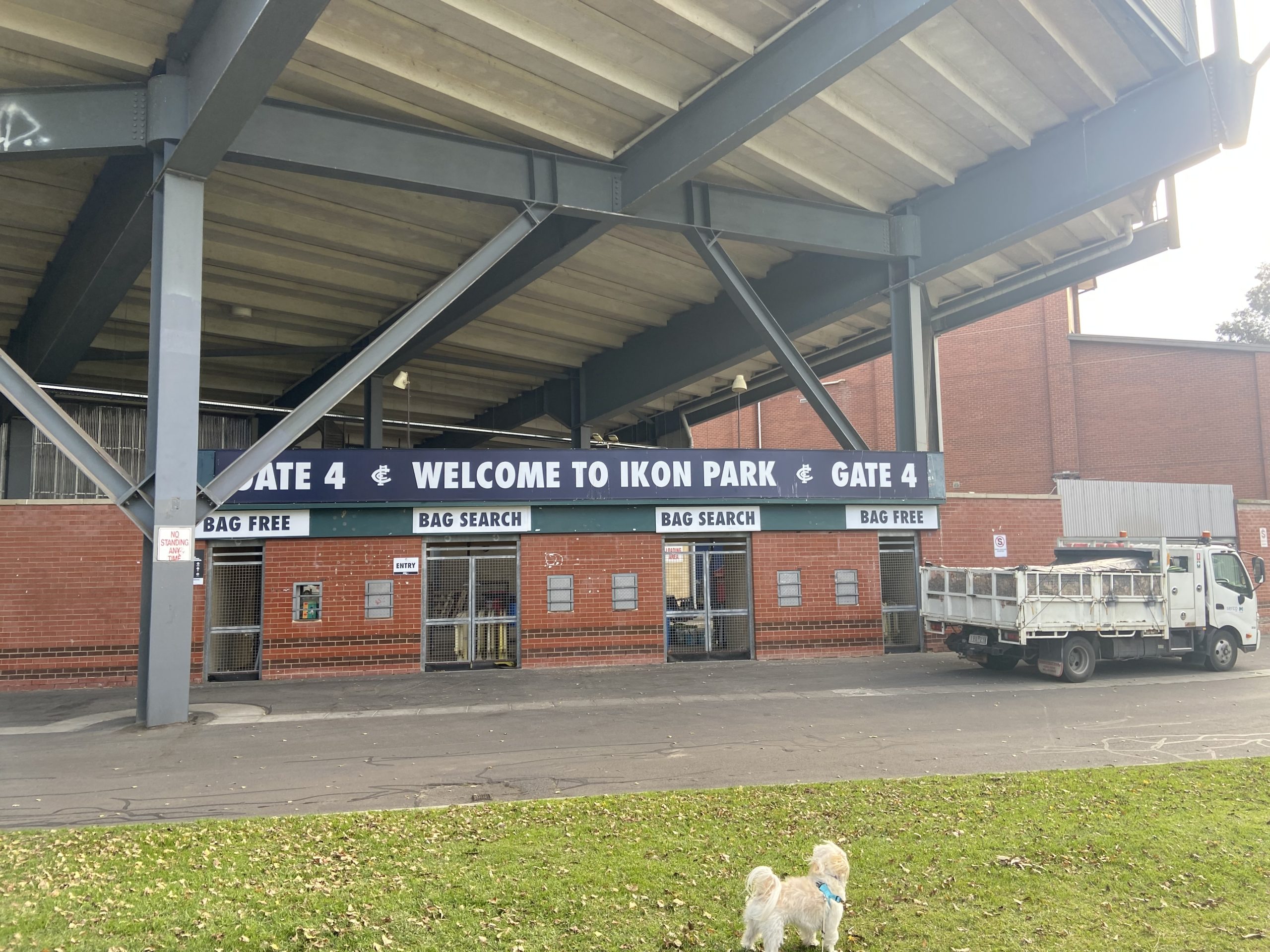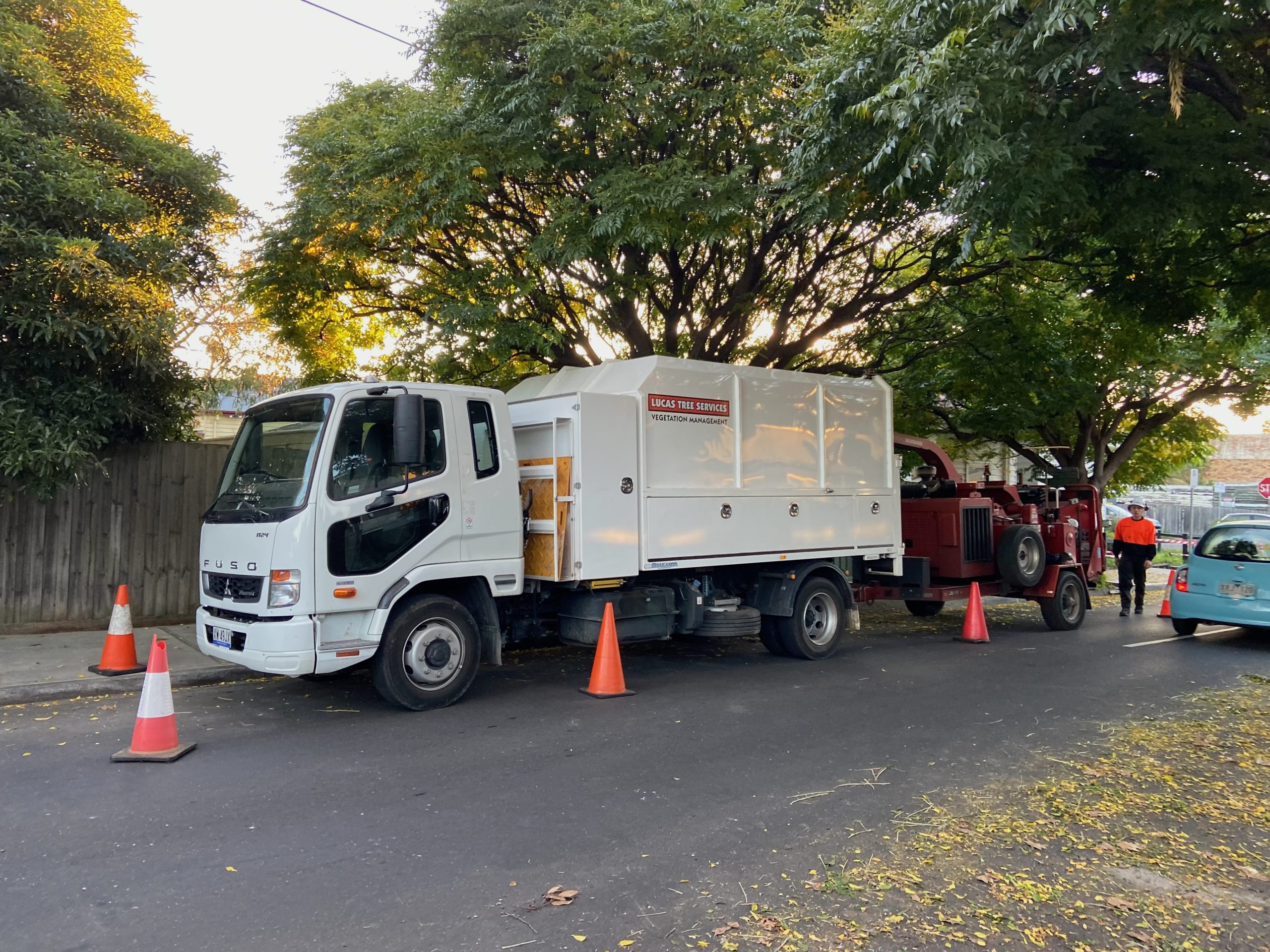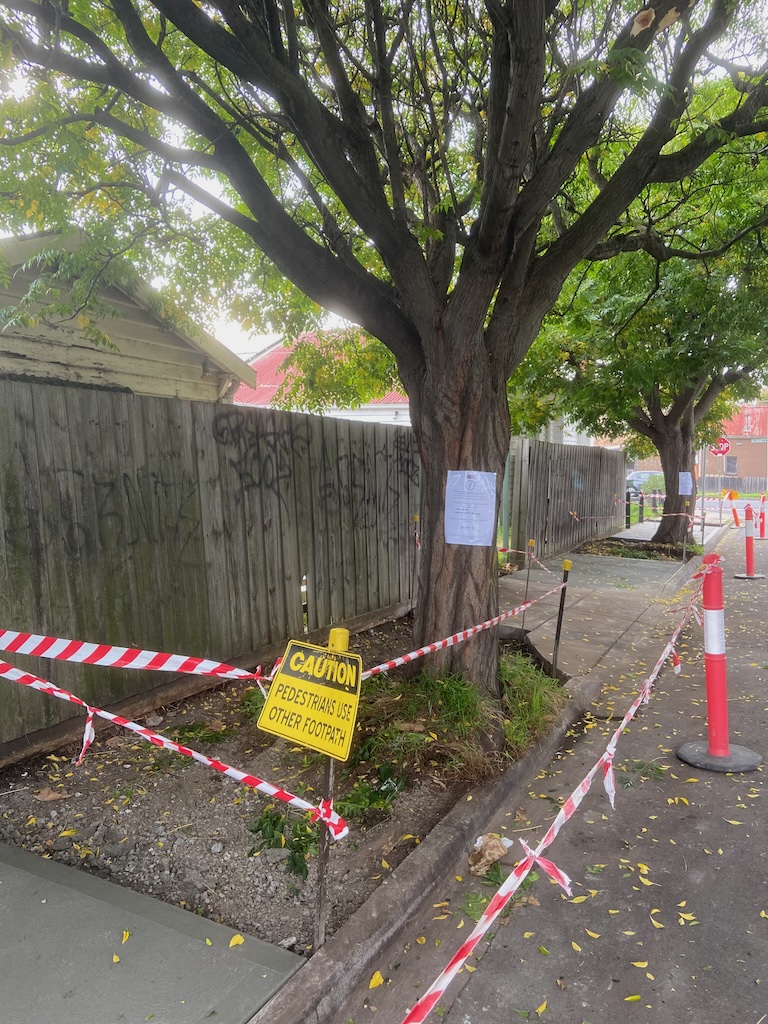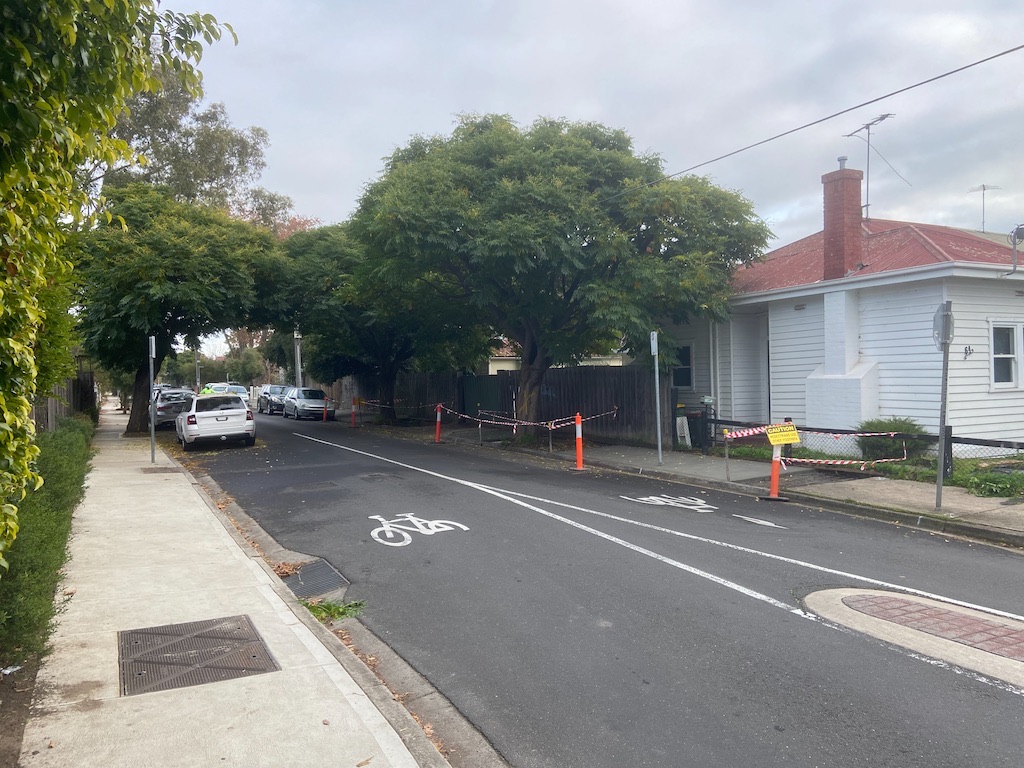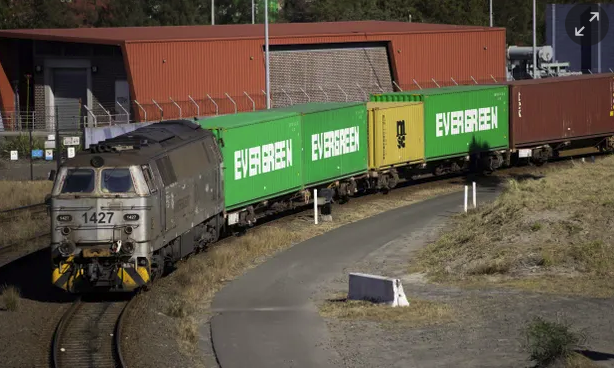Opinion. Though opinions on how to achieve it differ, there is at least a general consensus that if New Zealand is serious about dropping its carbon emissions, its citizens need to use public transport and bikes more for travel. \
\
In urban areas, that, in theory at least, is simple enough. Buses, cycle lanes, rail, and [on-demand](https://theconversation.com/electric-on-demand-public-transport-is-making-a-difference-in-auckland-now-it-needs-to-roll-out-further-189438) options create a thriving collective transport network that ferries people from place to place quickly, safely, affordably, and eco-y. \
\
However, there are big issues concerning urban public transport in New Zealand, mostly around the sub-par provision of services. No one is going to take the bus if it takes longer than driving and doesn’t get them exactly where they need to be. And no one is going to cycle if they think they’ll be forced to tango with a truck and become a human pancake the moment they’ve left the driveway.
> *‘The new Sustainable Public Transport Framework will help to create a public transport system that is reliable, an attractive career opportunity and a credible alternative to using cars to get around.’*
But while discussions about urban public transport continue at the same intensity as before, there is also the arguably more difficult matter of regional public transport. \
\
**The Inquiry** \
\
Currently before the Transport and Infrastructure Committee is the Inquiry into the future of inter-regional passenger rail in New Zealand. Given the dominance of cars and planes as New Zealand’s go-to means of regional travel, considering passenger rail comes as a bit of a surprise.
Coaches and trains are the two public transport options for regional travel, with the former being offered through services like the InterCity national coach network and the latter being almost non-existent. There are currently two regional passenger rail services: Te Huia (between Hamilton and Auckland) and Capital Connection (Palmerston North to Wellington).
The inquiry will be looking into the viability of an expanded regional passenger rail network, beyond the two services that currently operate. Part of the Inquiry’s purpose is ‘Investigating possibilities and viability of passenger rail in underserved communities, those with prior rail links that have been disestablished, and those currently advocating for improved rail links.’
In essence, the whole country.
But the committee will also consider how regional passenger rail services will help reach the transport sector’s emissions reduction targets set out in the [Emissions Reduction Plan](https://environment.govt.nz/publications/aotearoa-new-zealands-first-emissions-reduction-plan/), and ultimately help the country achieve net zero emissions by 2050. \
\
**Is passenger rail viable for a small country**
Viability will hinge on affordability. But herein lies one of the main challenges for a small country such as New Zealand.
Professor Simon Kingham works at the University of Canterbury and is also Chief Science Advisor at the Ministry of Transport and told *Autoearoa*, ‘On many of the potential routes the number of people are relatively few meaning a cost effective service will be challenging to provide. In addition the nature of the infrastructure means it is challenging to develop a service fast enough to meet the needs of most passengers*.’*
A light rail route, bus route and the concept of on-demand public transport are all highly feasible in an urban setting because of the higher population density and smaller area in which they operate, relative to regional transport.
The 100-odd kilometre trip to or from Hamilton to Tauranga takes about 1.5 hours by car; to or from Hastings to Wellington is about four hours by car; to or from Christchurch to Dunedin is about 4.5 hours by car. A passenger rail service would likely be very welcome on routes such as these, but can they be offered for less than the price of fuel it would take to drive? And can they run at convenient times?
For the all these scenarios, the basic rail infrastructure already exists thanks to freight trains, which makes the prospect of introducing a passenger service much easier, if it works alongside freight. But what about communities that don’t lie along an existing trainline such as Taupo, Nelson, and Queenstown? \
\
Professor Kingham suggests starting with considering the ‘feasibility of an overnight train between Auckland and Wellington; where the volume of travel is significant, and almost entirely done by air. An overnight train would also lessen need for a fast service.’ \
\
It is likely that New Zealand will need some creativity to make regional passenger rail work if it wants it. In terms of mindset, regional passenger rail would need to be considered a public good rather than an economically viable service. But is that enough? \
\
**What’s the right thing to do** \
\
Casting an overarching shadow over all the largely economic difficulties, challenges, and niggles facing the prospect of regional passenger rail in New Zealand is the question of what’s right?
Dr Timothy Welch, Senior Lecturer at the School of Architecture and Planning at the University of Auckland, thinks the profitability of public transport isn’t a big issue.
In an [article written for Newsroom](https://www.newsroom.co.nz/ideasroom/no-chris-luxon-public-transport-will-never-turn-a-profit-thats-not-the-idea) earlier in the year, Dr Welch stated that public transport doesn’t need to be profitable, or even balance. This is because, he says, public transport is of tangible benefit to users and non-users, which private cars are not. When people use public transport, it reduces congestion, lowers transport emissions, reduce risk of road deaths, and makes the public transport system more viable as a whole, Dr Welch argues.
At this point, things get political. Some see public transport as a necessary investment, while others think that it needs to support itself financially. In regard to the former, how much investment is enough? At this early stage of New Zealand’s public transport development, it would likely consume as much money as one could throw at it. In regard to the latter, with such an approach public transport simply wouldn’t exist.
The adoption of private cars en masse during the twentieth century meant public transport had competition for the first time. With passenger numbers dropping, public transport came to rely on public funds to stay in service. And of course, many haven’t as governments actively pursued road building and stripping down public transport services.
But now that we truly understand the environmental effects of our current way of living, is this realisation enough to make substantial change to New Zealand’s public transport system, of which a hugely important piece is regional travel?
Passenger rail has been a stuck cog in New Zealand’s public transport mechanism for many years. Beyond the light rail services in the capital and Auckland, no progress has been made, despite public favour in many cases.
The nation’s second largest city, Christchurch has no passenger rail services, and with [75% of its residents using cars for commuting](https://www.ccc.govt.nz/assets/Documents/The-Council/Plans-Strategies-Policies-Bylaws/Strategies/Transport/Draft-Christchurch-Transport-Plan-Website-Version-Notice-of-Motion-release-25-August-2022.pdf), it’s a heavily car-centric city. Topographically, Christchurch is perfect for rail and its residents have advocated in favour in recent years. The suggestion for passenger rail was made in the Share an Idea earthquake recovery community ideas project in 2011. It was adopted into the Christchurch City Council’s initial post-recovery plan but was scrapped and replaced by one from central government. \
\
Up north, Tauranga residents have recently made a [proposal](https://tarakinglobal.com/wp-content/uploads/2022/08/2022-Making-Rail-Work.pdf) to government about an intercity rail link for Tauranga. The city is home to the country’s largest port and huge growth in development that, according to the residents behind the rail proposal, lacked ‘any proper master-planning or any form of future-proofed infrastructure plan’. \
\
**Trains and wellbeing** \
\
There is another important aspect to reintroducing passenger rail in New Zealand beyond what is climatically responsible. Regional rail trail, particularly in New Zealand due to its absence, possesses levels of excitement that other forms of transport don’t, even cars. Connecting ‘underserved’ communities via passenger rail would likely improve the wellbeing of citizens, but so too would the experience of riding on a train itself.
The novelty, in addition to the prospect of travelling via rail through New Zealand’s wonderful landscape, would likely be highly attractive to anyone, if the service was reasonably practical.
There is also the question of relaxation and comfort. Being able to get up and walk around, talk on the phone, or even just gaze at what’s passing by are things that rail travel allows people to do that driving doesn’t.
Given that New Zealand now has a wellbeing budget, is wellbeing a factor that deserves equal value to other key considerations? It will be interesting to see what conclusion comes of the Inquiry and whether the cog comes unstuck or remains seized. \
\
*This opinion by Chris Smith was available on 11 September 2022 in[ Autoearoa](https://autoearoa.substack.com/p/the-inquiry-into-nzs-regional-passenger)* \
\
*Chris Smith is an Automotive journalist and author of [Autoearoa](https://autoearoa.substack.com/)* \
\
For further reading concerning the points raised in this opinion –
* [New Zealand’s New Regional Passenger Rail Network](https://publictransportforum.nz/articles/article/new-zealands-regional-passenger-rail-network-20-08-2022)
* [Light Rail for Branch Lines](https://publictransportforum.nz/articles/article/light-rail-for-branch-lines-15-01-2022)
* [Future of long distance passenger rail services in New Zealan](https://publictransportforum.nz/articles/article/future-of-passenger-rail-services-in-new-zealand-05-01-2023)d
* [Connecting Communities Initiative](https://publictransportforum.nz/articles/article/connecting-communities-2030-01-02-2022)
* [New Zealand’s National Public Transport Network](https://publictransportforum.nz/articles/article/national-public-transport-network-07-06-2022)
